Key in a search term below to search our website.
Key in a search term below to search our website.
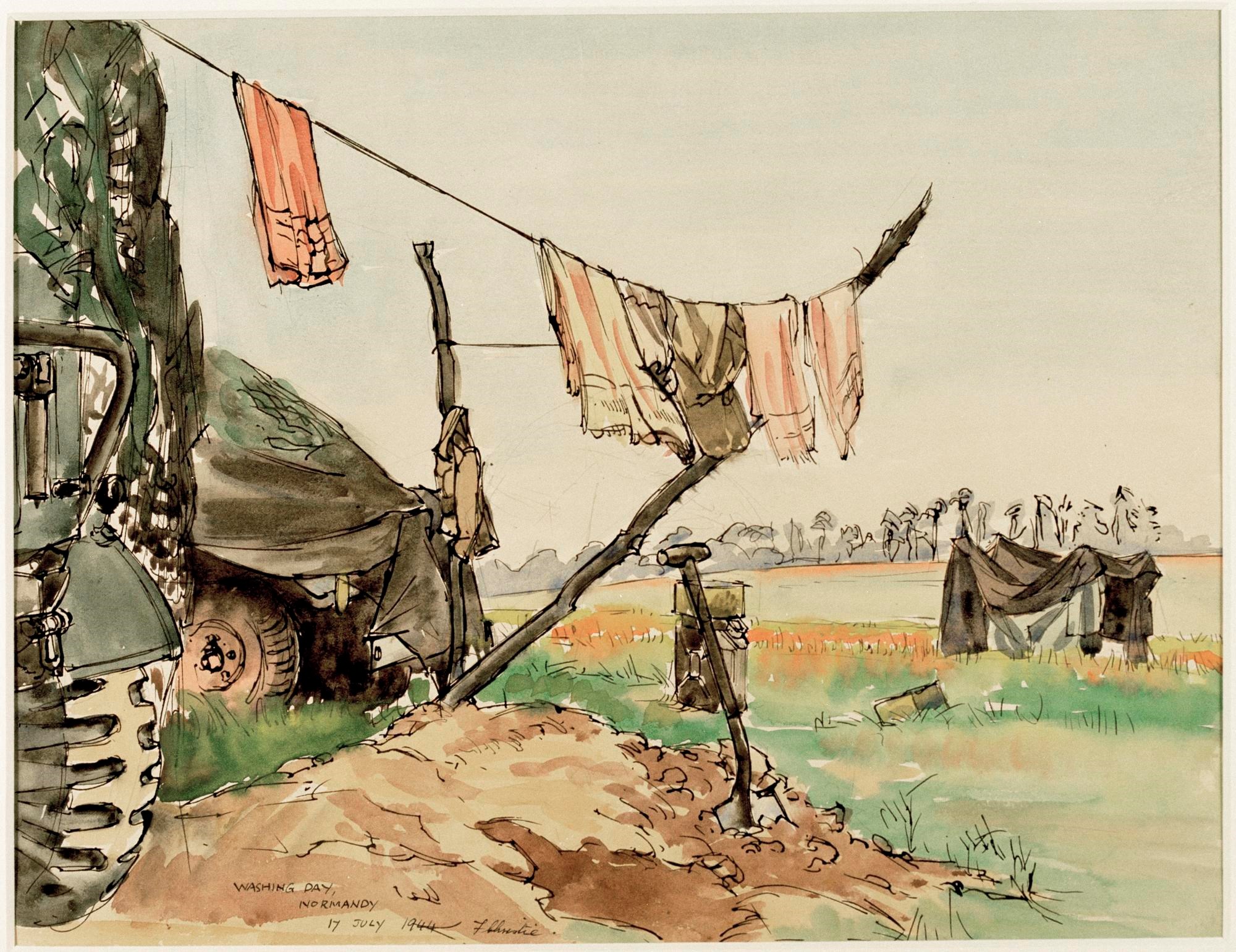
Images of people taking part in aspects of everyday life at home and and on the front line during the Second World War from the Scottish Life Archive and the collection.
View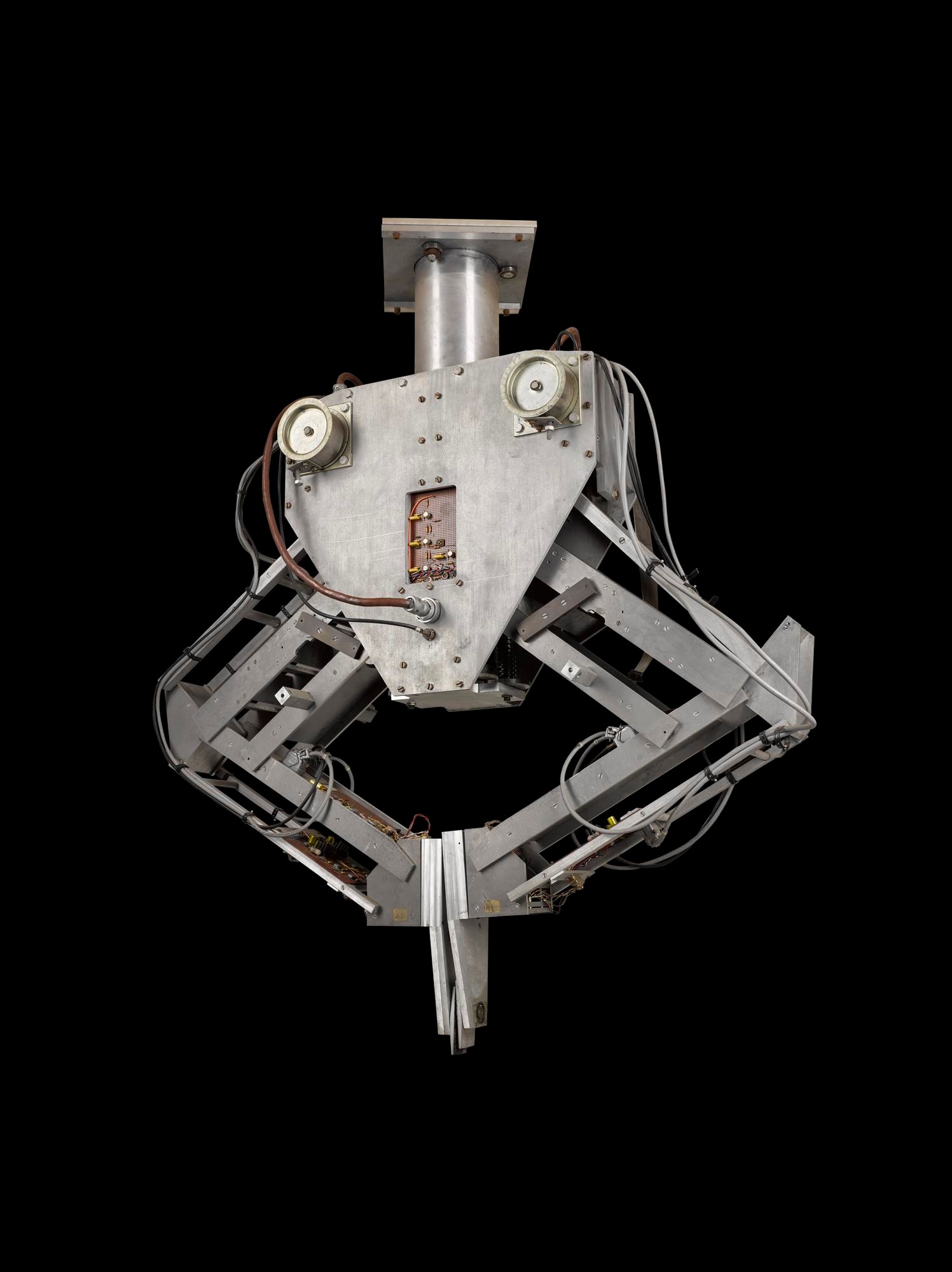
Find out about Freddy the robot developed in the 1970s at the University of Edinburgh and explore how robot technology has changed from early automota to assisting surgery and exploring Mars.
View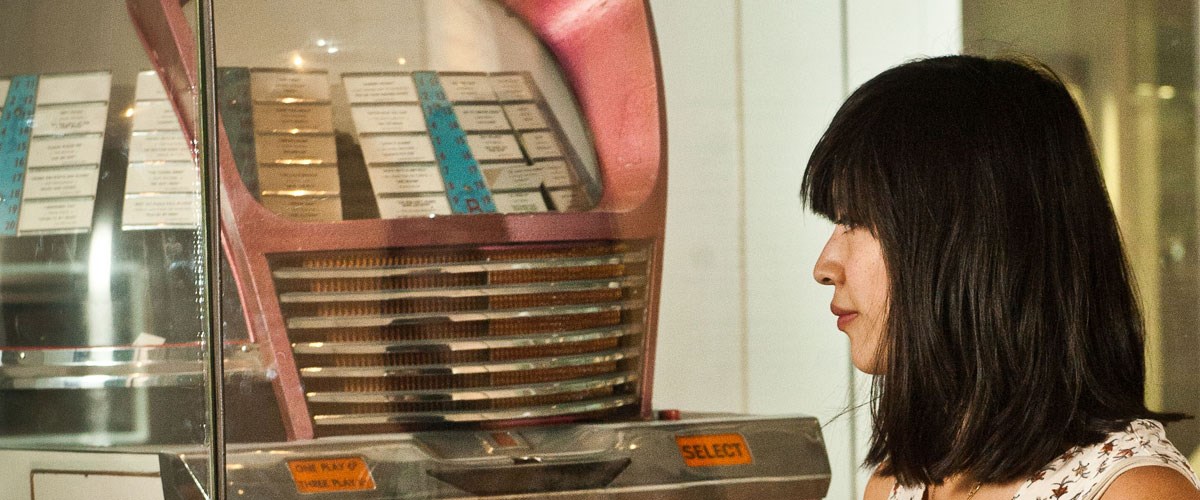
With its slick design and sensational selection of records, this jukebox for the future may look like an all-American classic but it was designed in France and manufactured in the UK. Let’s rock this joint!
View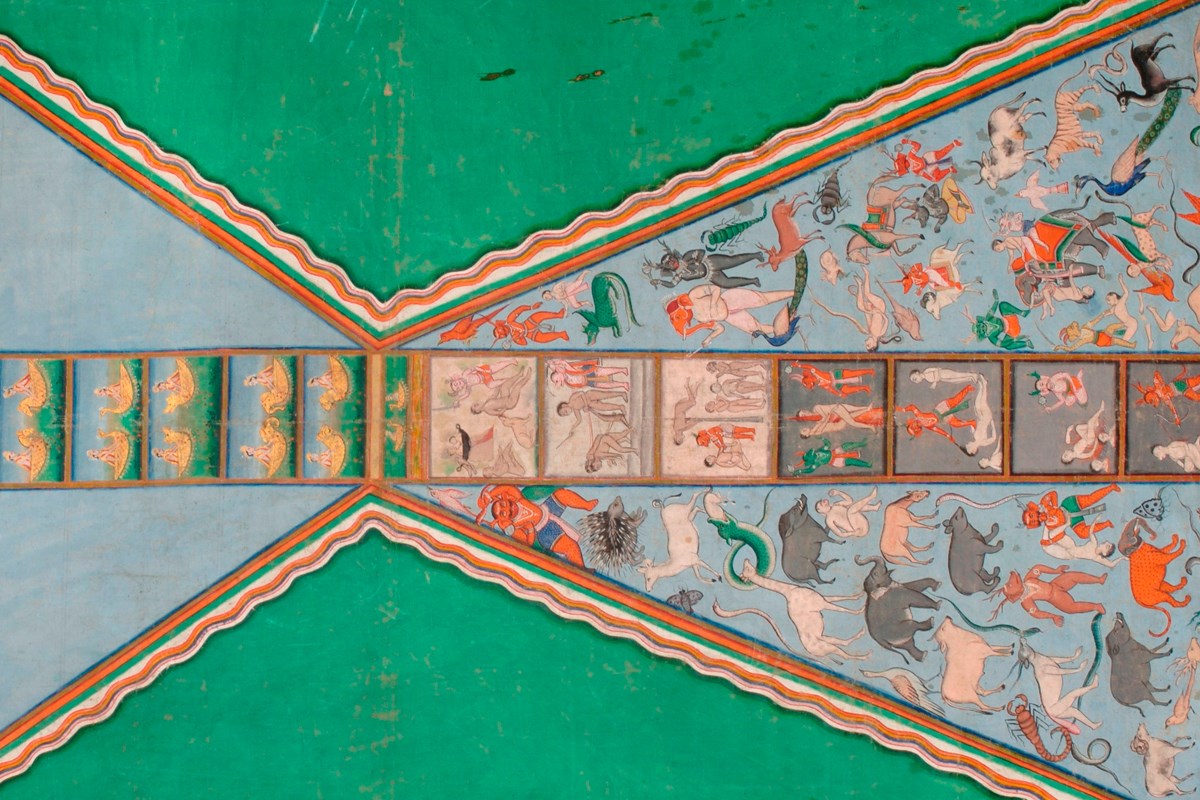
Discover how this stunning, detailed wall hanging was brought back to life by our Textile Conservation team.
View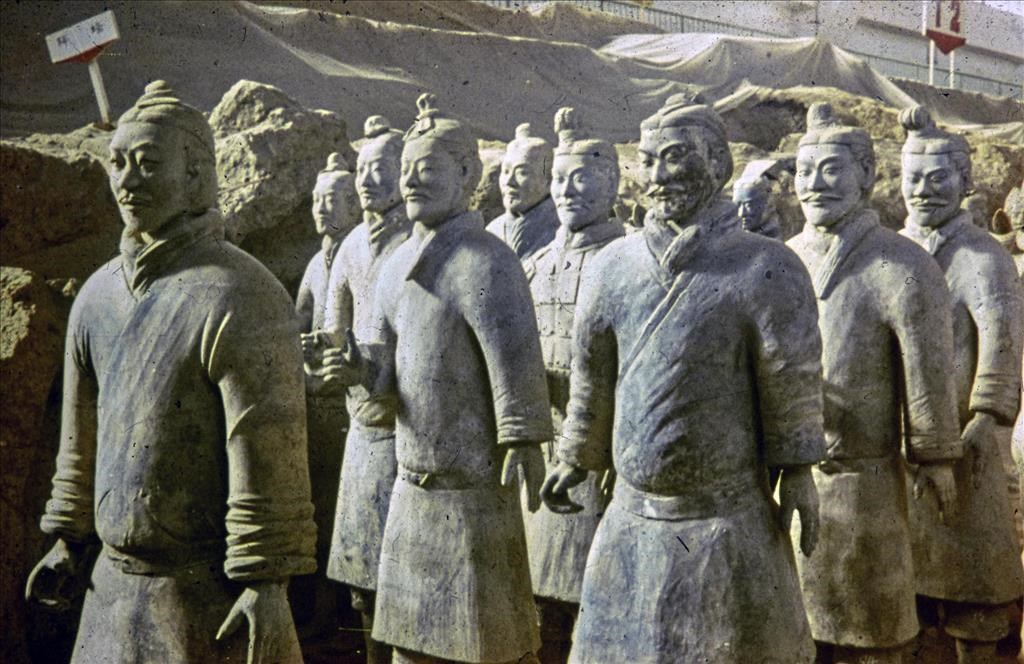
The Ann Paludan Photographic Archive consists of more than 10,000 photographsof historical Chinese sculptures, and represents over thirty years of site visits and research by writer and art historian Ann Paludan (1928–2014).
View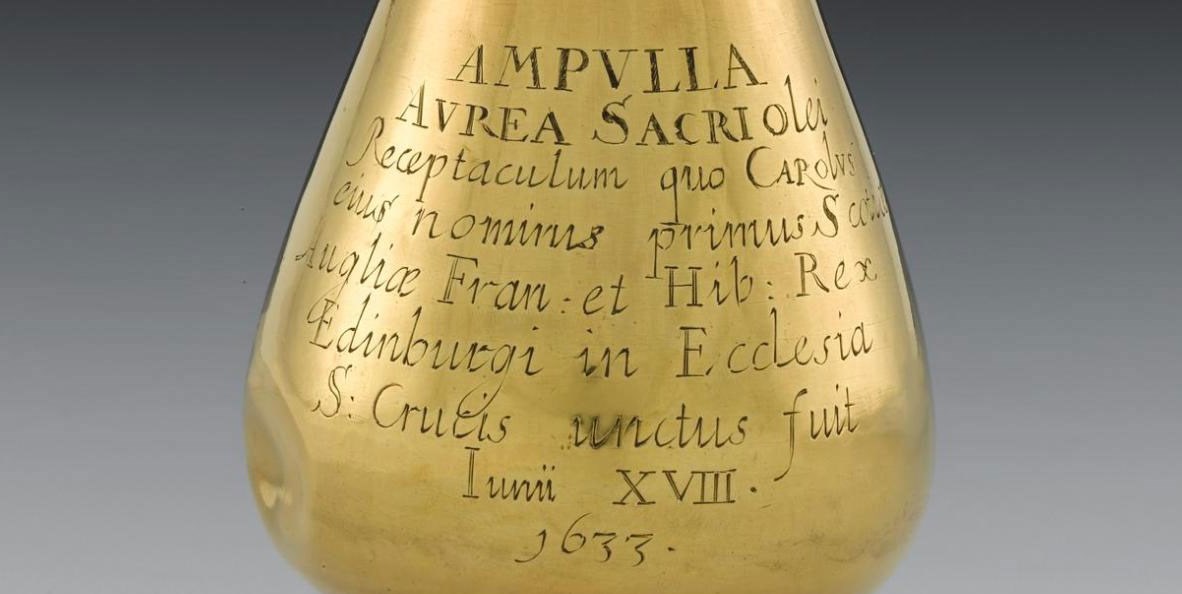
This curious object, one of the earliest surviving pieces of Scottish-made gold, was used at the Scottish coronation of Charles I, held some eight years after his coronation in London.
View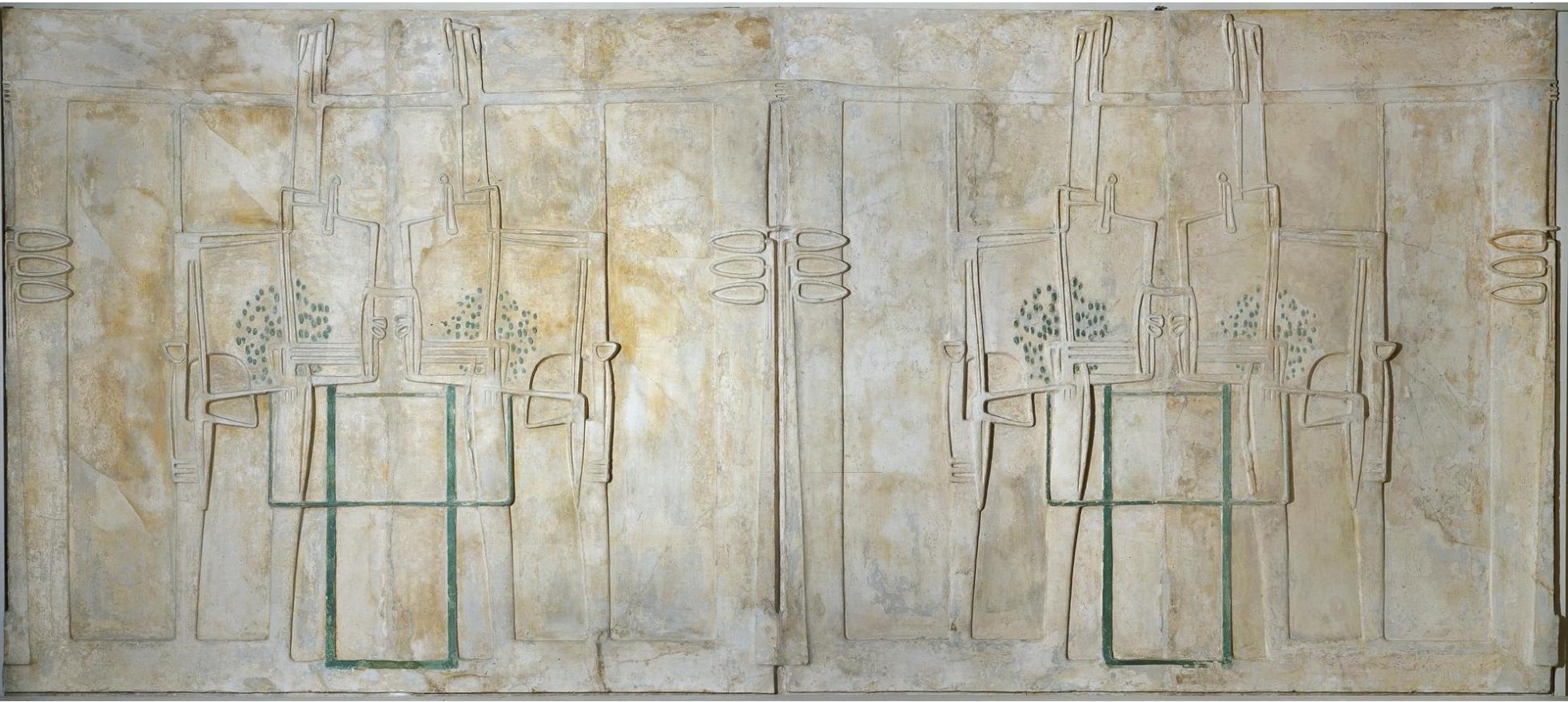
Charles Rennie Mackintosh and Margaret Macdonald Mackintosh were at the forefront of the 'Glasgow School' style of art, design and architecture.
View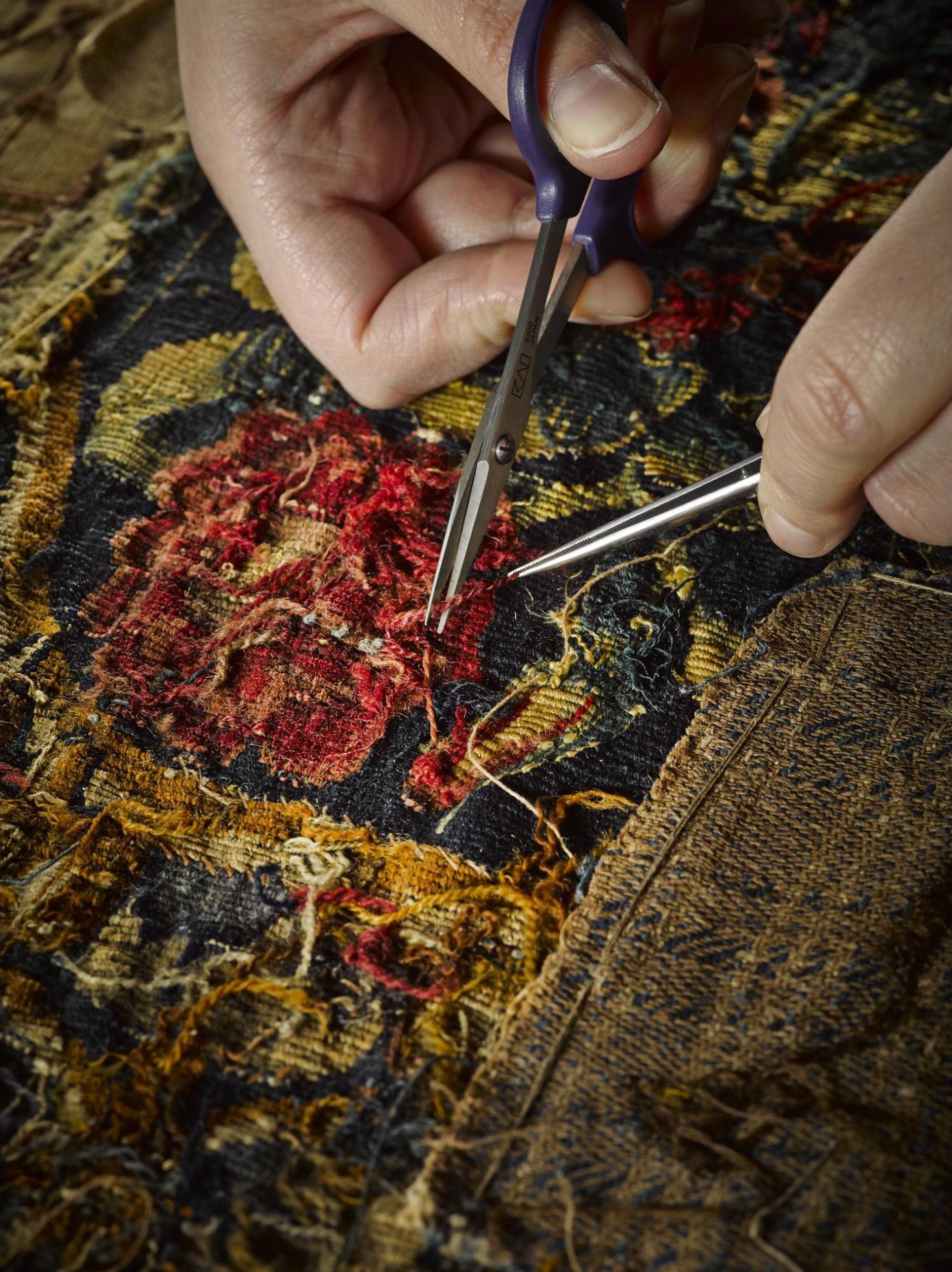
Hung in Europe’s most noble households, this luxurious tapestry belongs to a Flemish set known as The Triumph of the Seven Virtues. It was woven in Brussels during the early 16th century.
View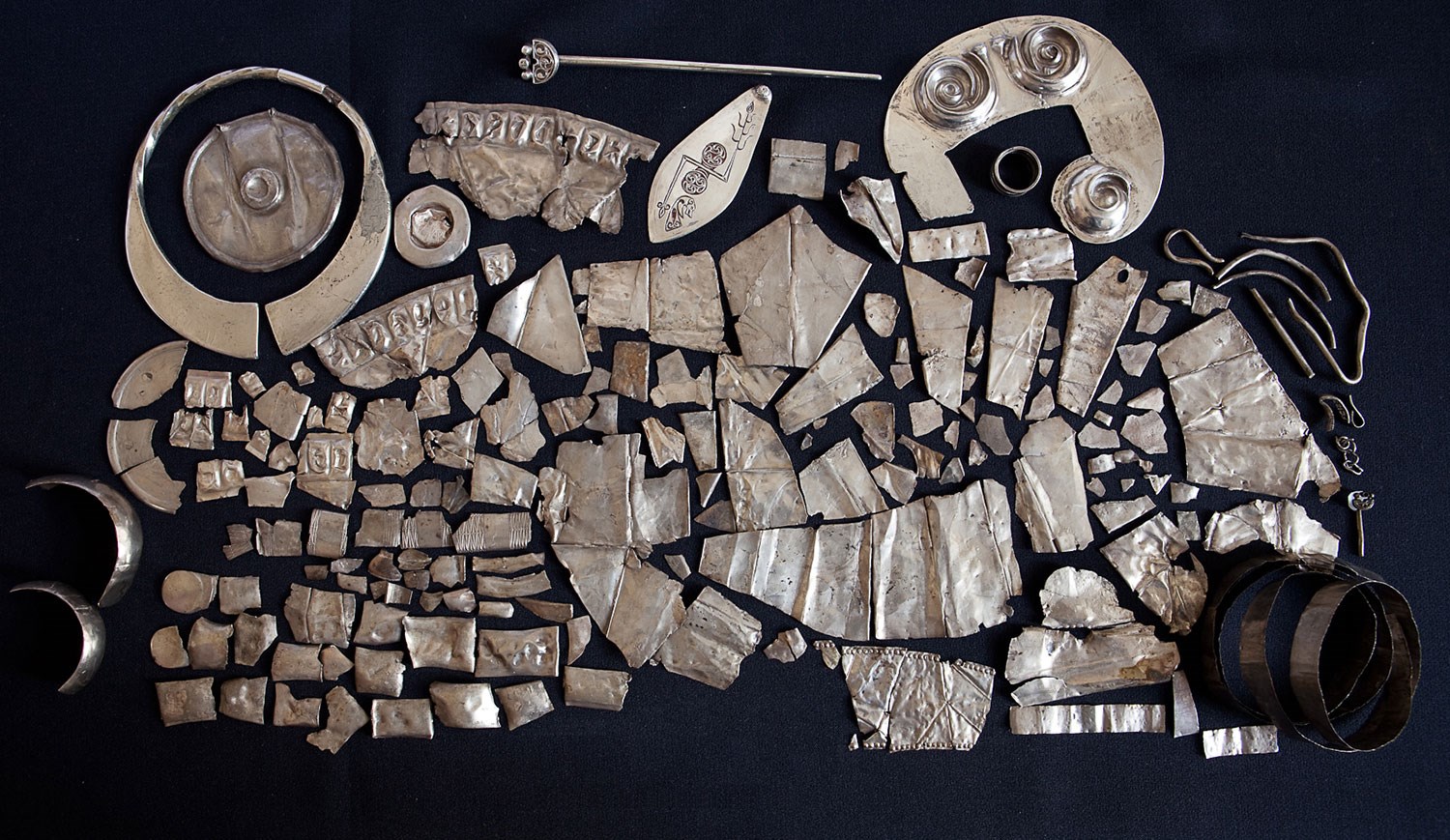
This early medieval silver, unearthed in Fife during the 19th century, is one of the largest Pictish hoards ever to be found.
View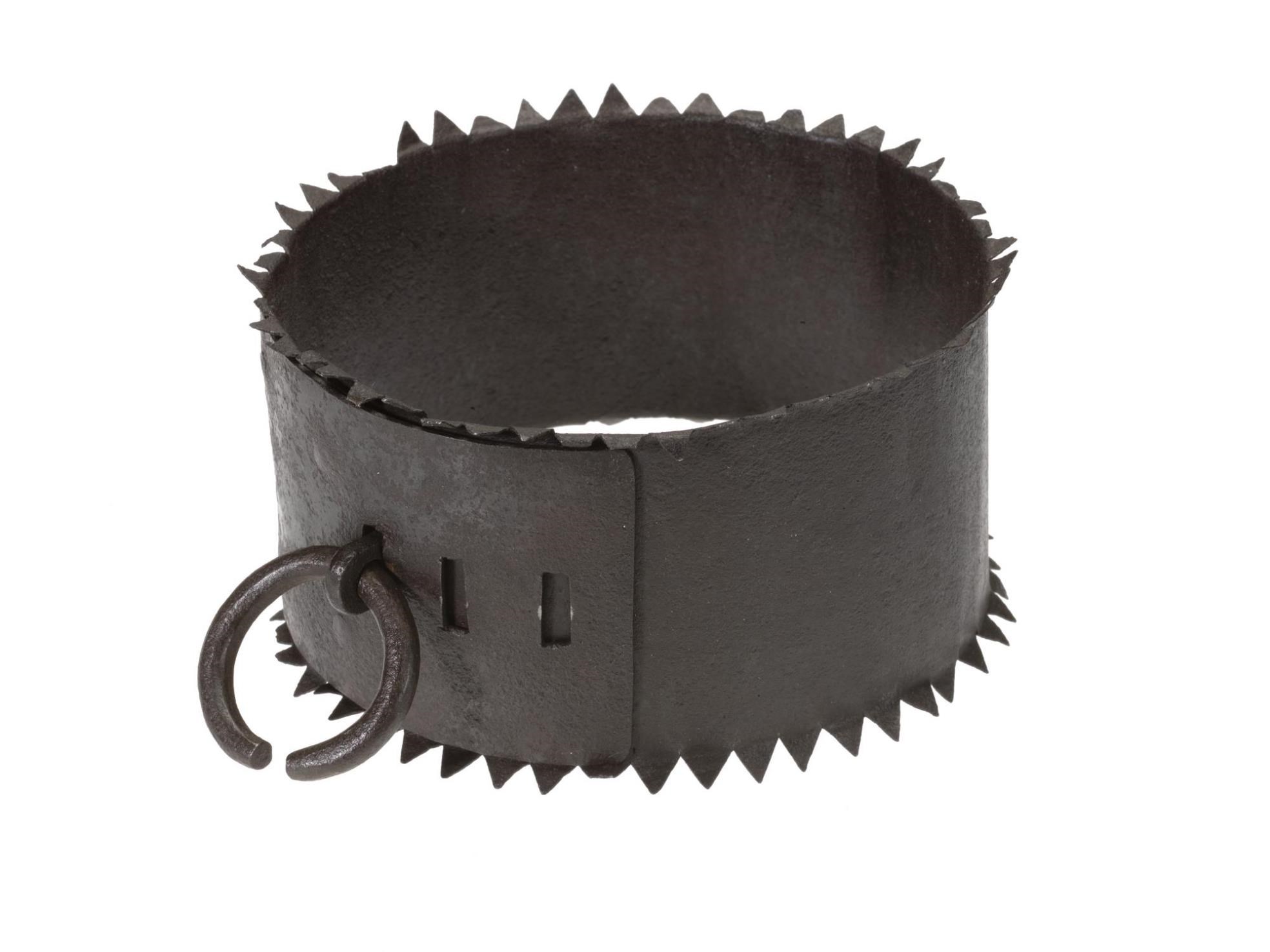
This witch's iron collar (or jougs) was owned by the parish of Ladybank in Fife in the 17th century.
View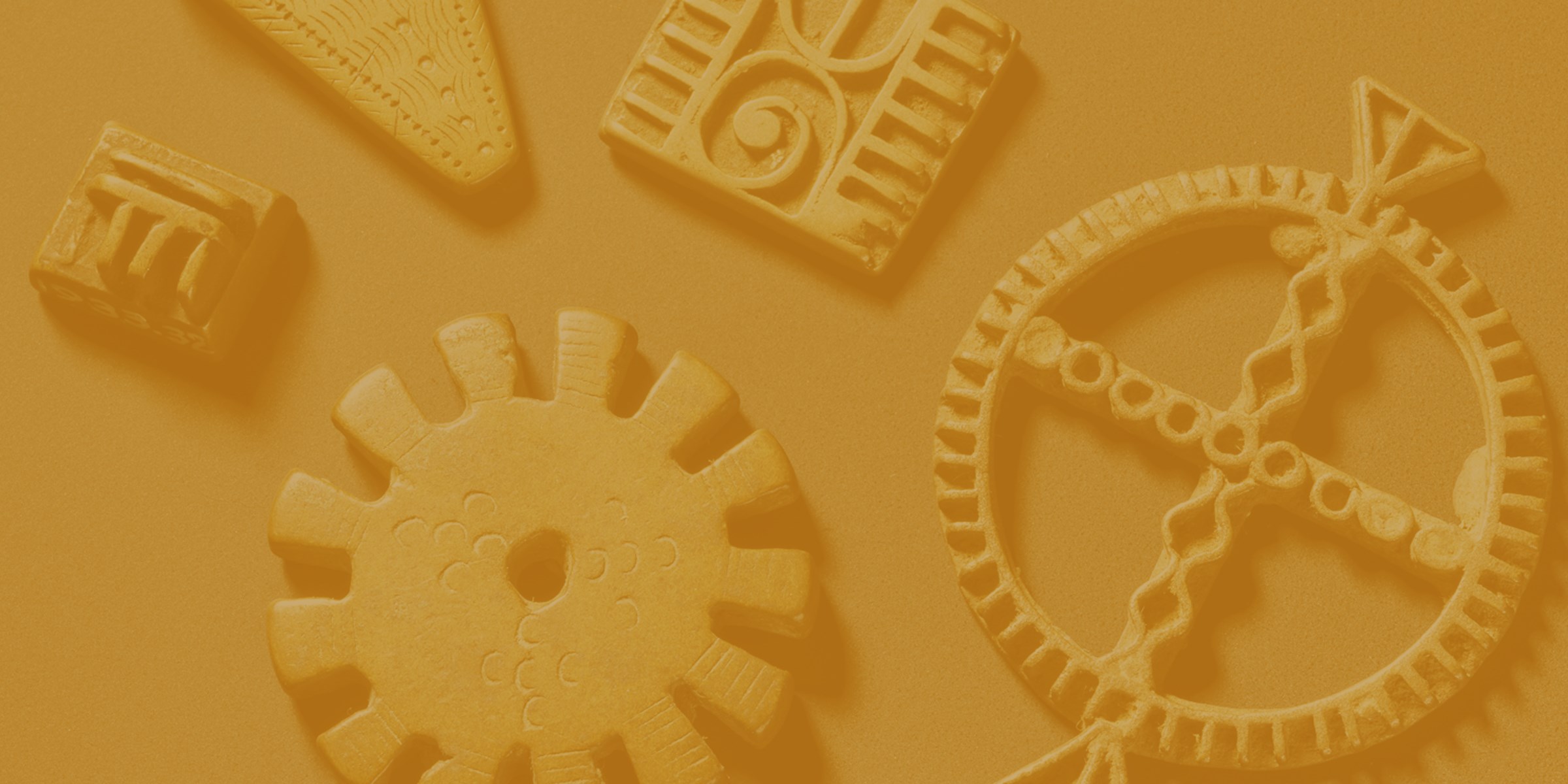
These small objects were essential tools for trade in West Africa until the end of the 19th century.
View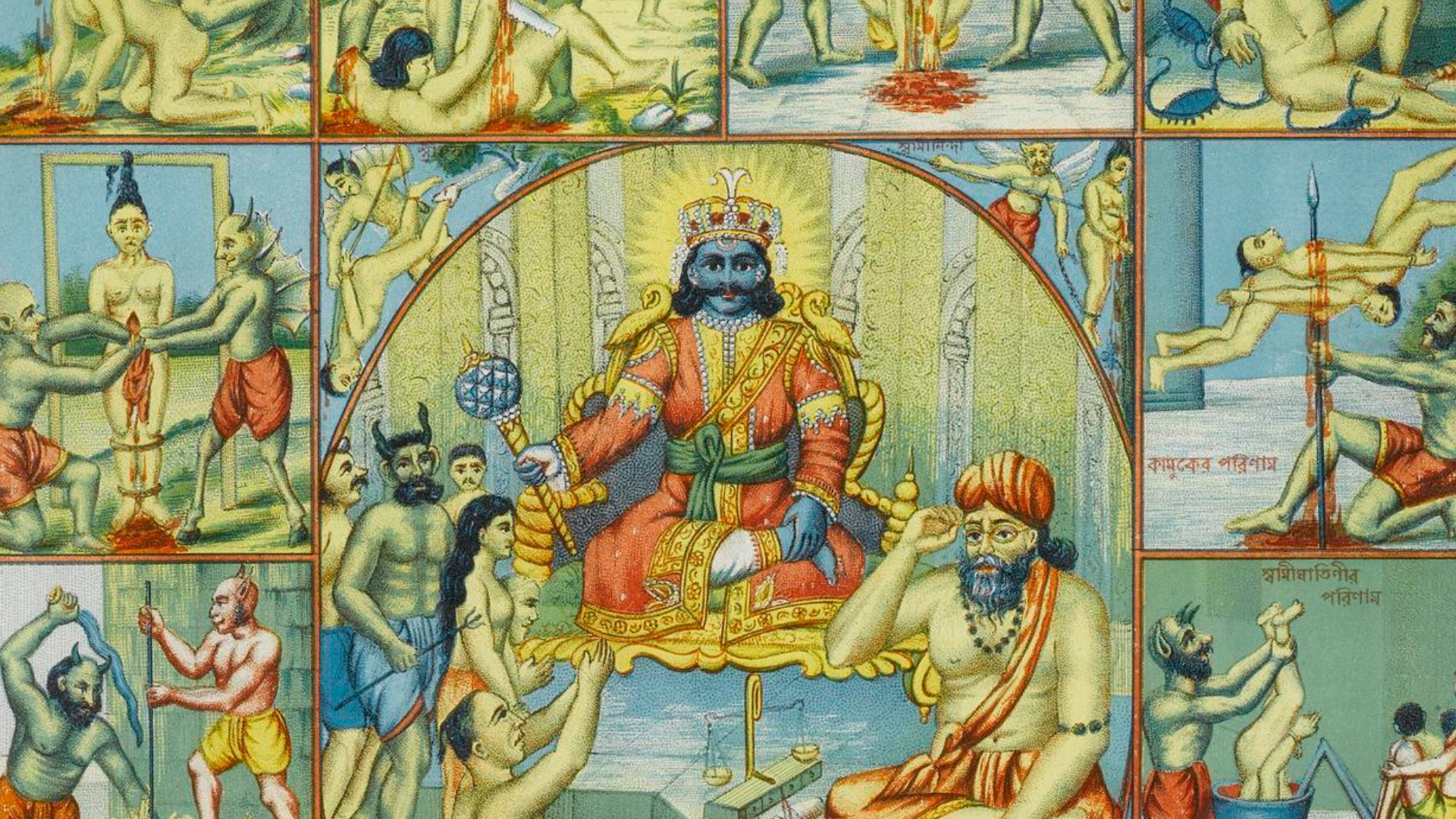
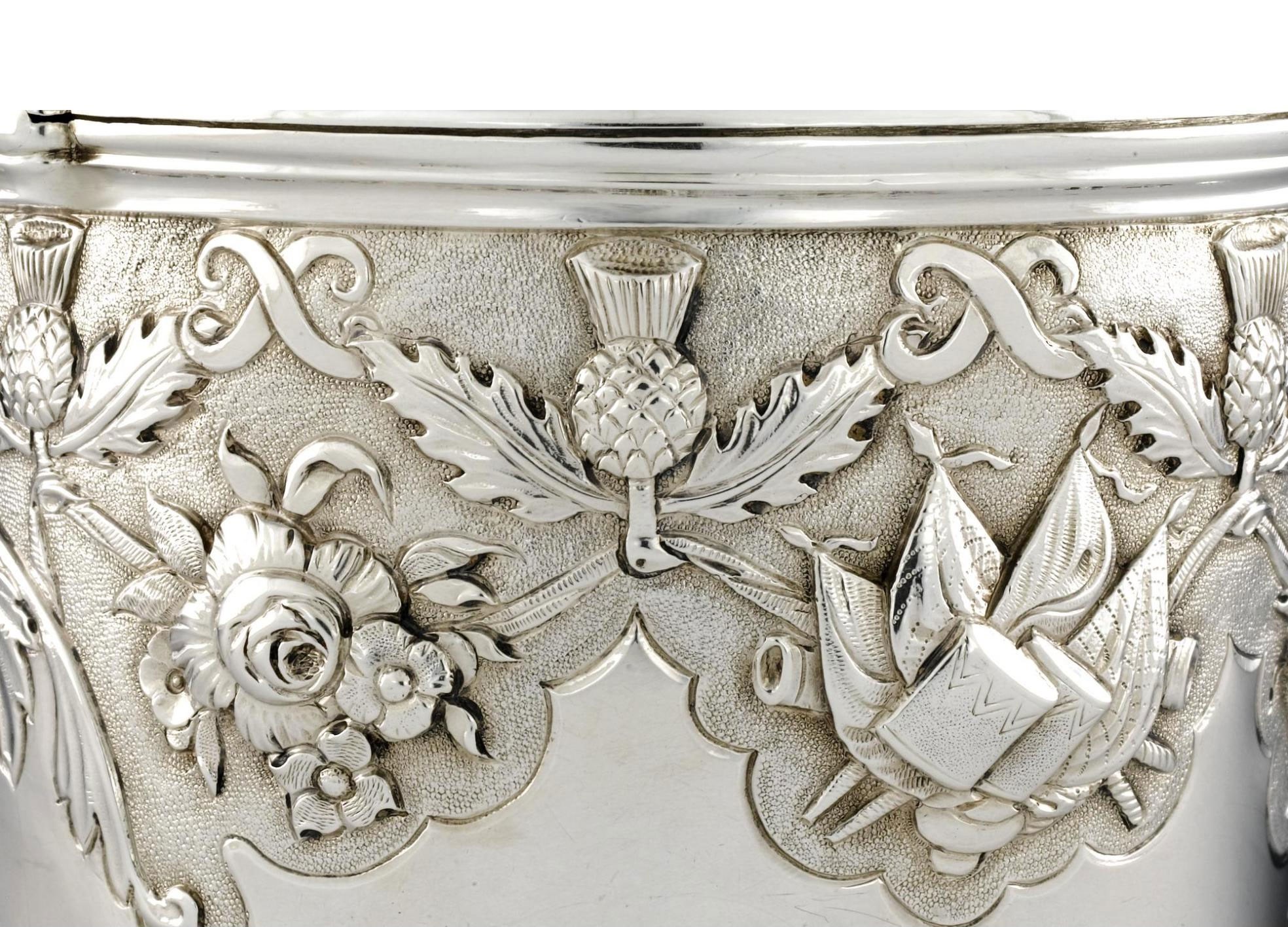
This elaborate travelling set was made by the Edinburgh goldsmith Ebenezer Oliphant in 1740-41 for Prince Charles Edward Stuart.
View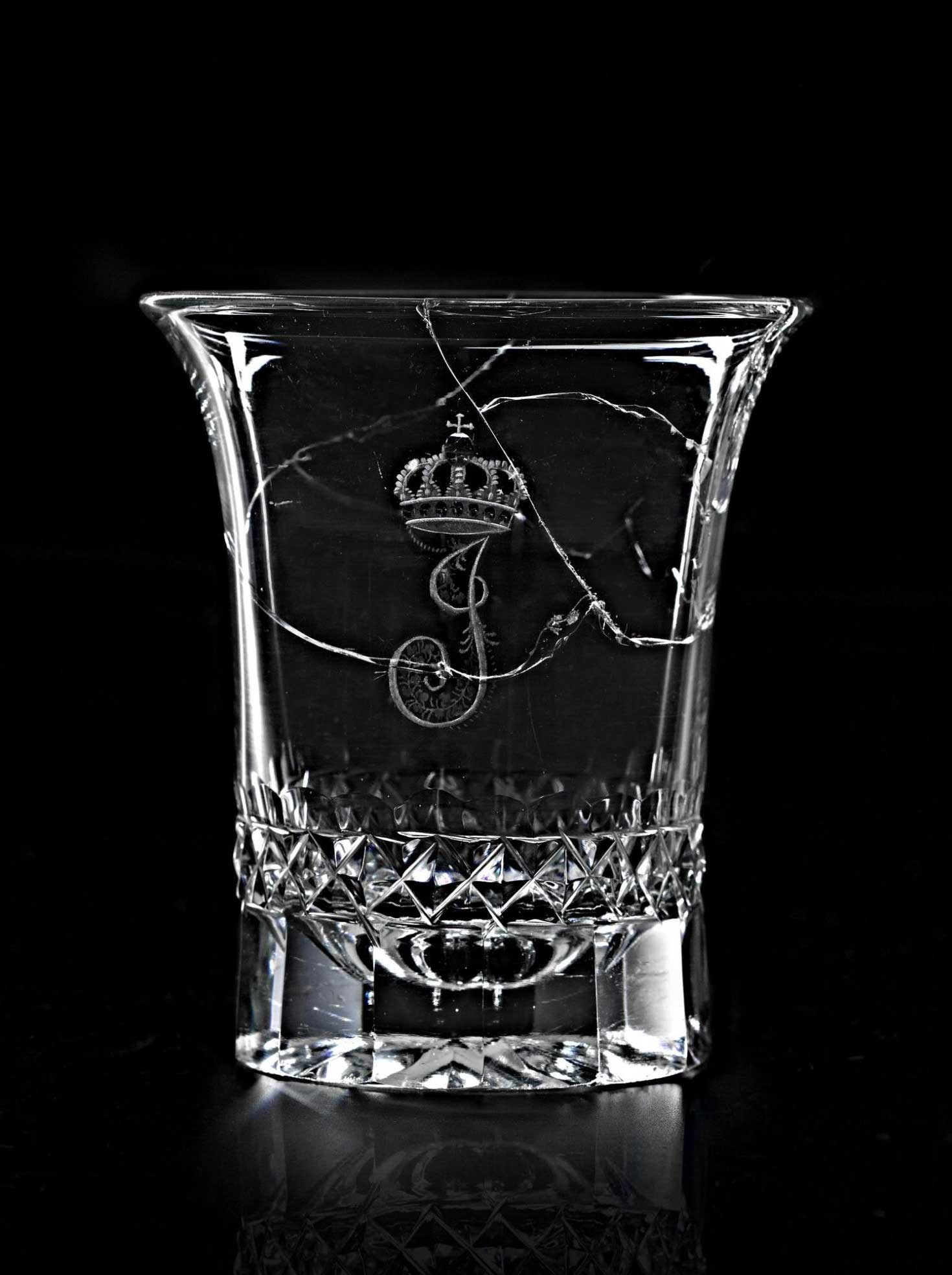
This tumbler was given by Napoleon to Captain Francis Maitland of HMS Bellerophon, which took the deposed Emperor away.
View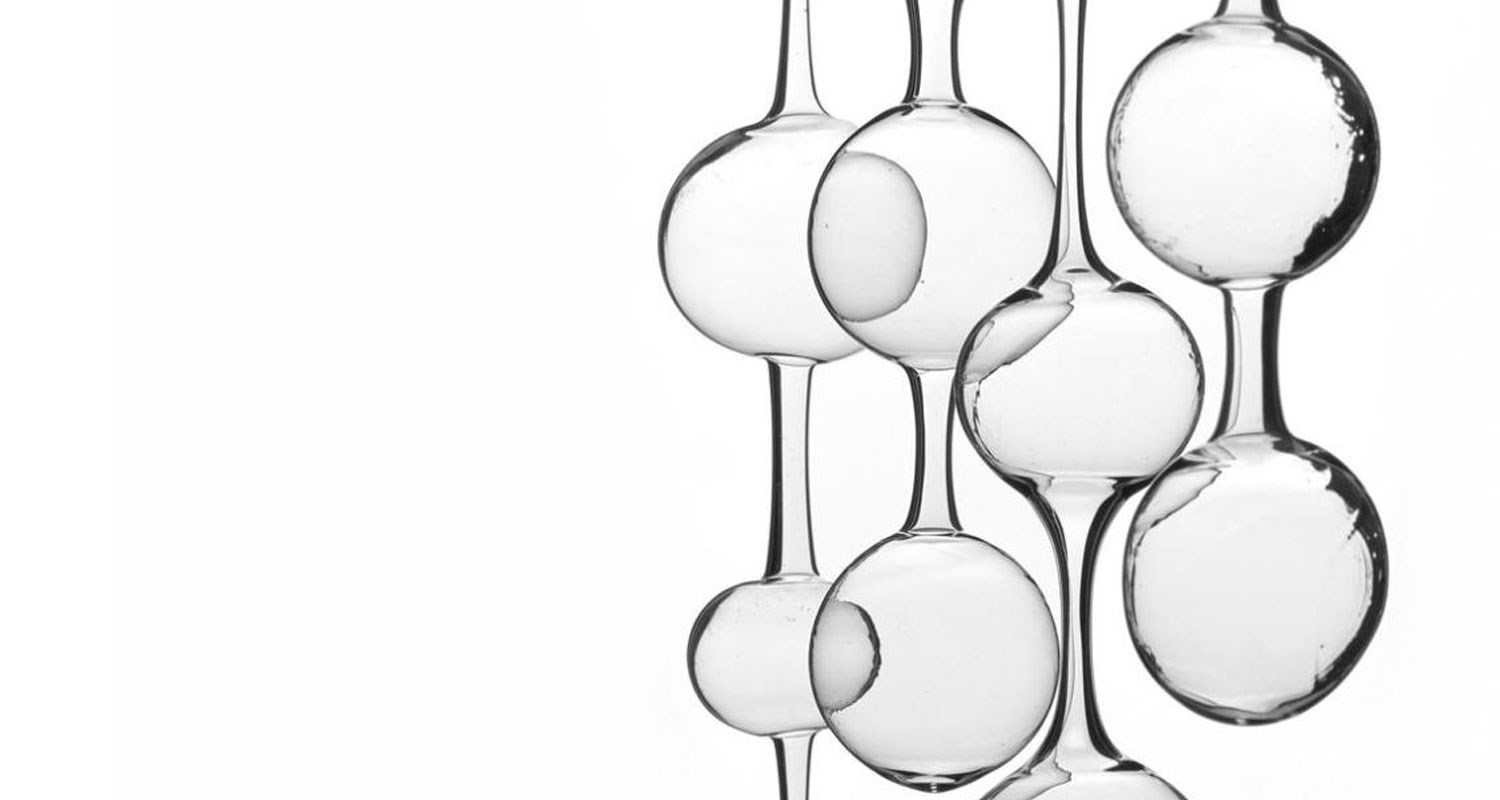
Discover a wonderful collection of design which was amassed during second half of the 20th century by collectors with an inspiring passion for Modernism.
View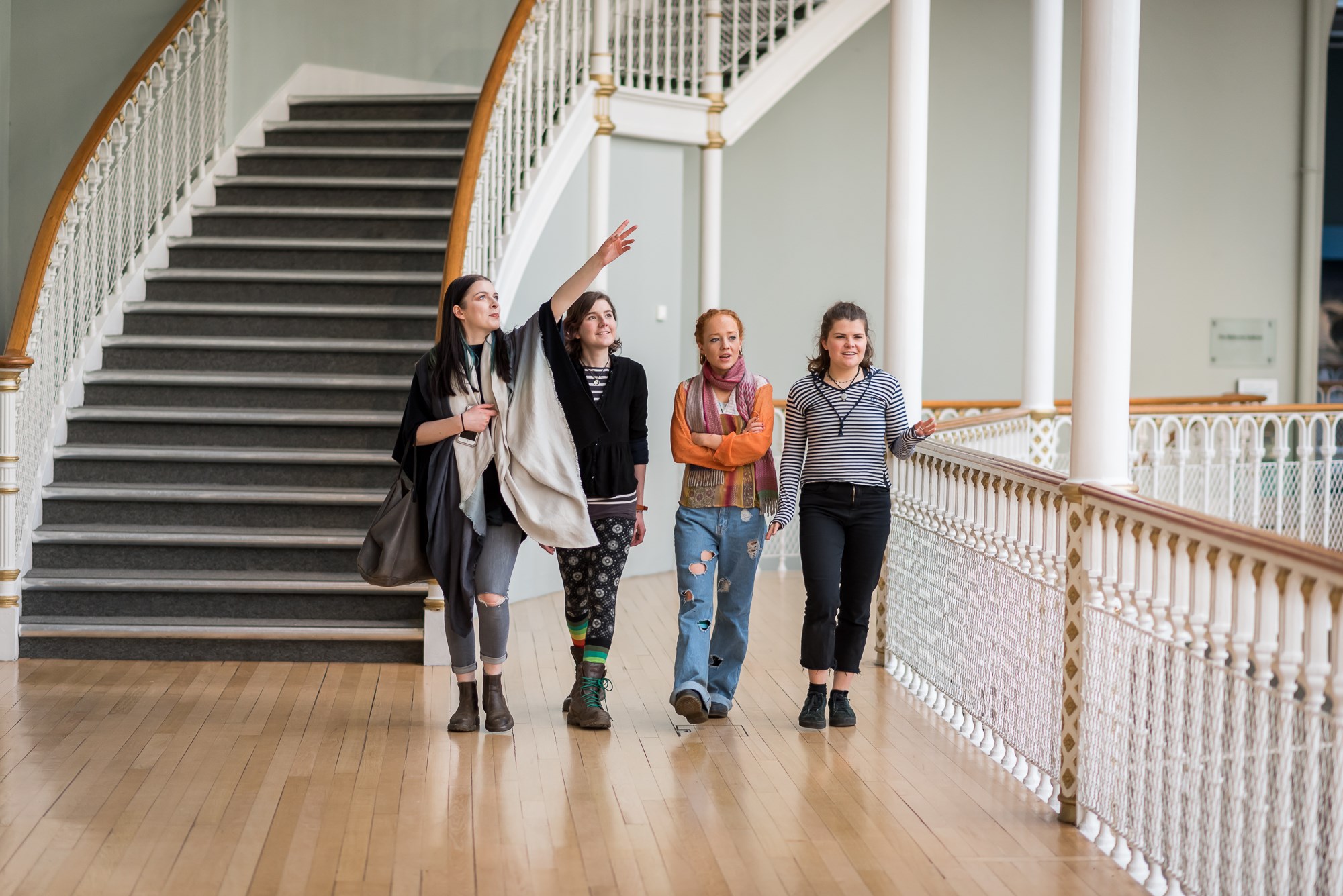
Enjoy a 30 minute wander around the museum and discover mindful moments throughout our galleries.
View
Explore the museum through song, rhymes and sensory play with our Magic Carpet activity sessions for toddlers and early years.
View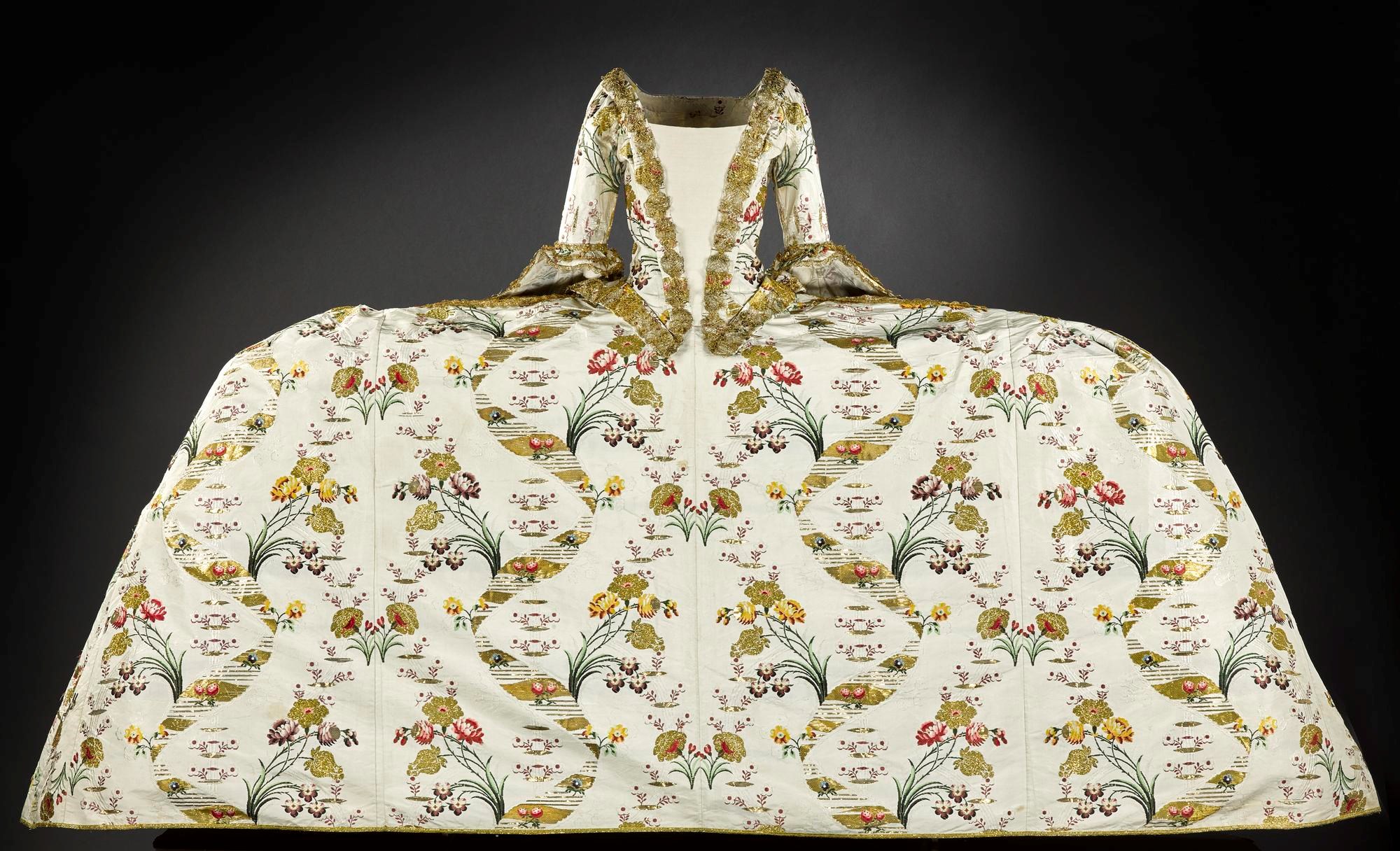
The European Decorative Arts section encompasses gold and silver, sculpture, ceramics, glass, enamels, arms and armour, dress, tapestries, textiles and furniture made between 1200 and 1850.
View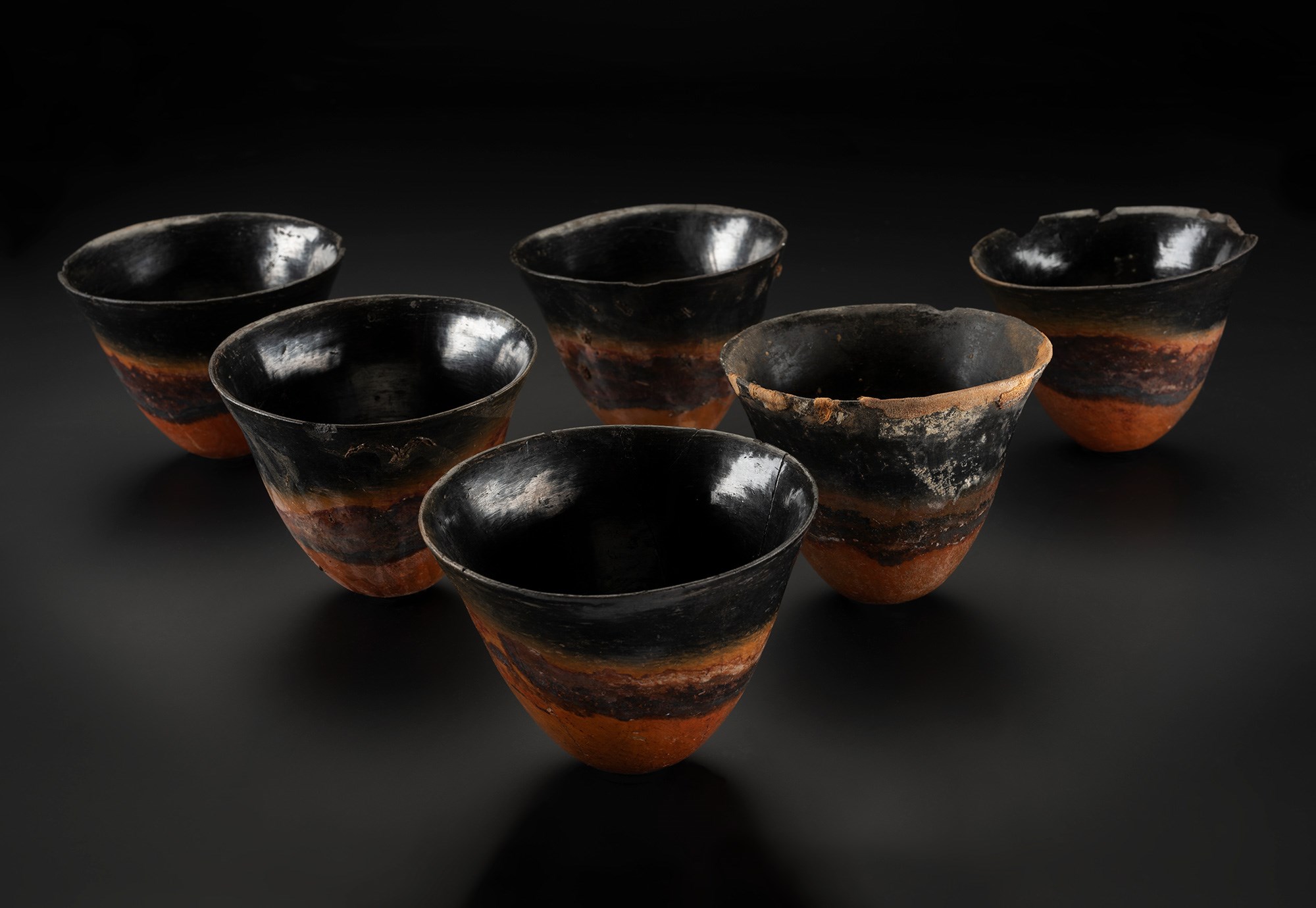
Our Mediterranean, Africa, Americas and Oceania collections consist of over 35,000 objects ranging from the archaeological to the contemporary.
View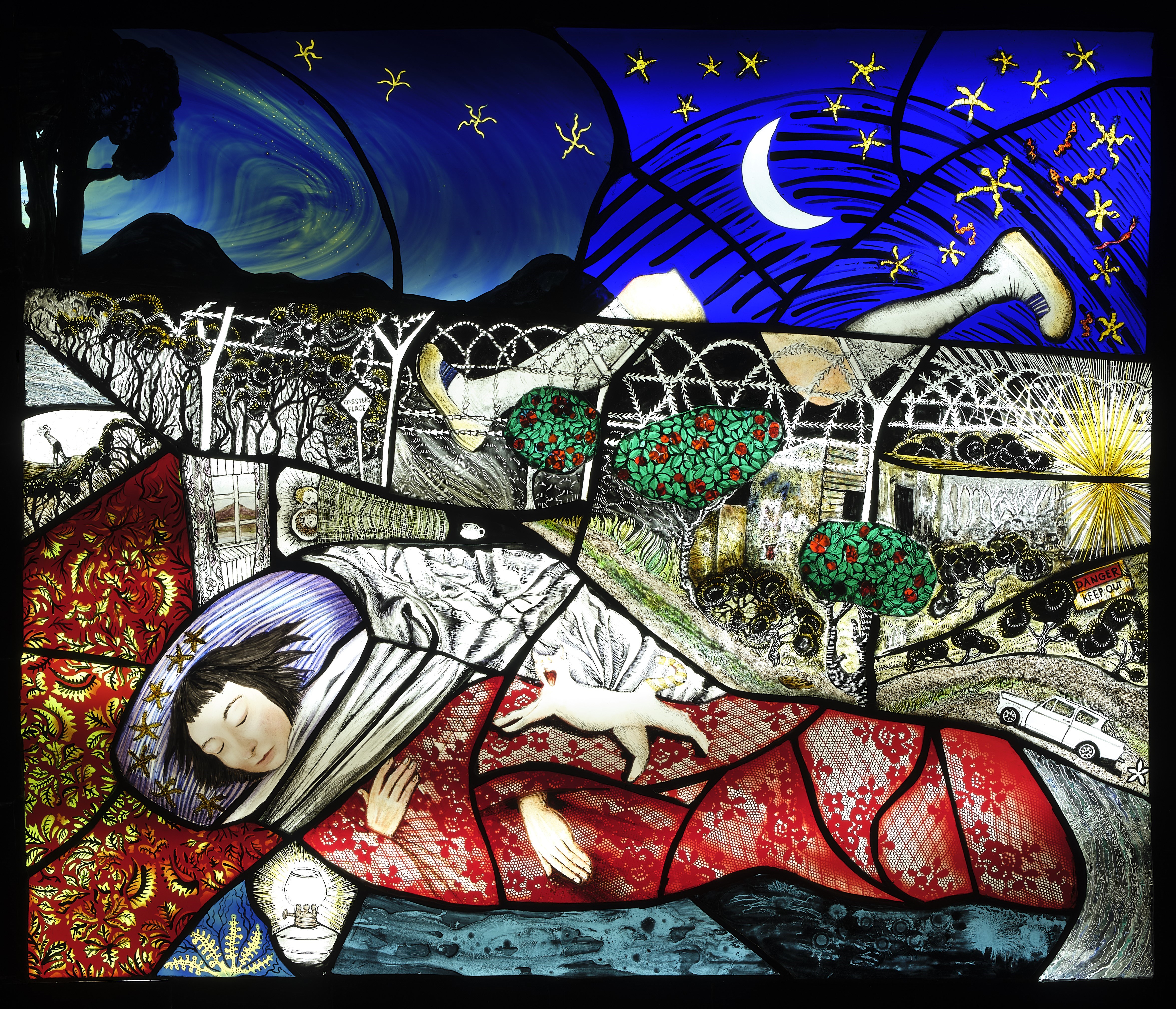
Our Modern and Contemporary Design collections comprise over 35,000 objects dating from c.1850 to the present.
View
Ashleigh Whiffin, Assistant Curator of Entomology explains why the National Museums Scotland collection contains around 2.5 million insect specimens, why we collect them, and what they’re used for.
View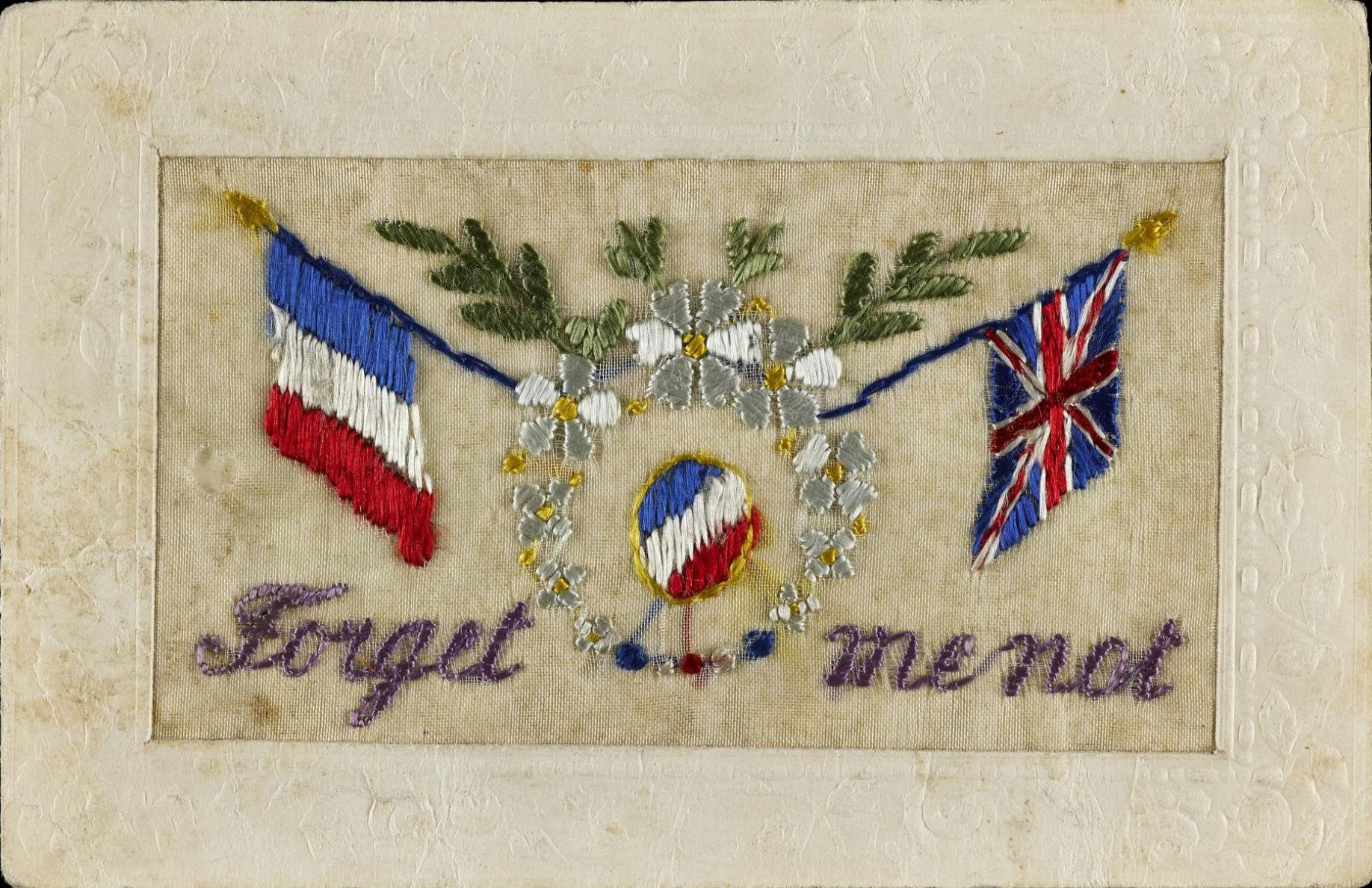
Explore treasured artefacts passed down through generations, providing a personal insight into the lives of those at home and on the front lines.
View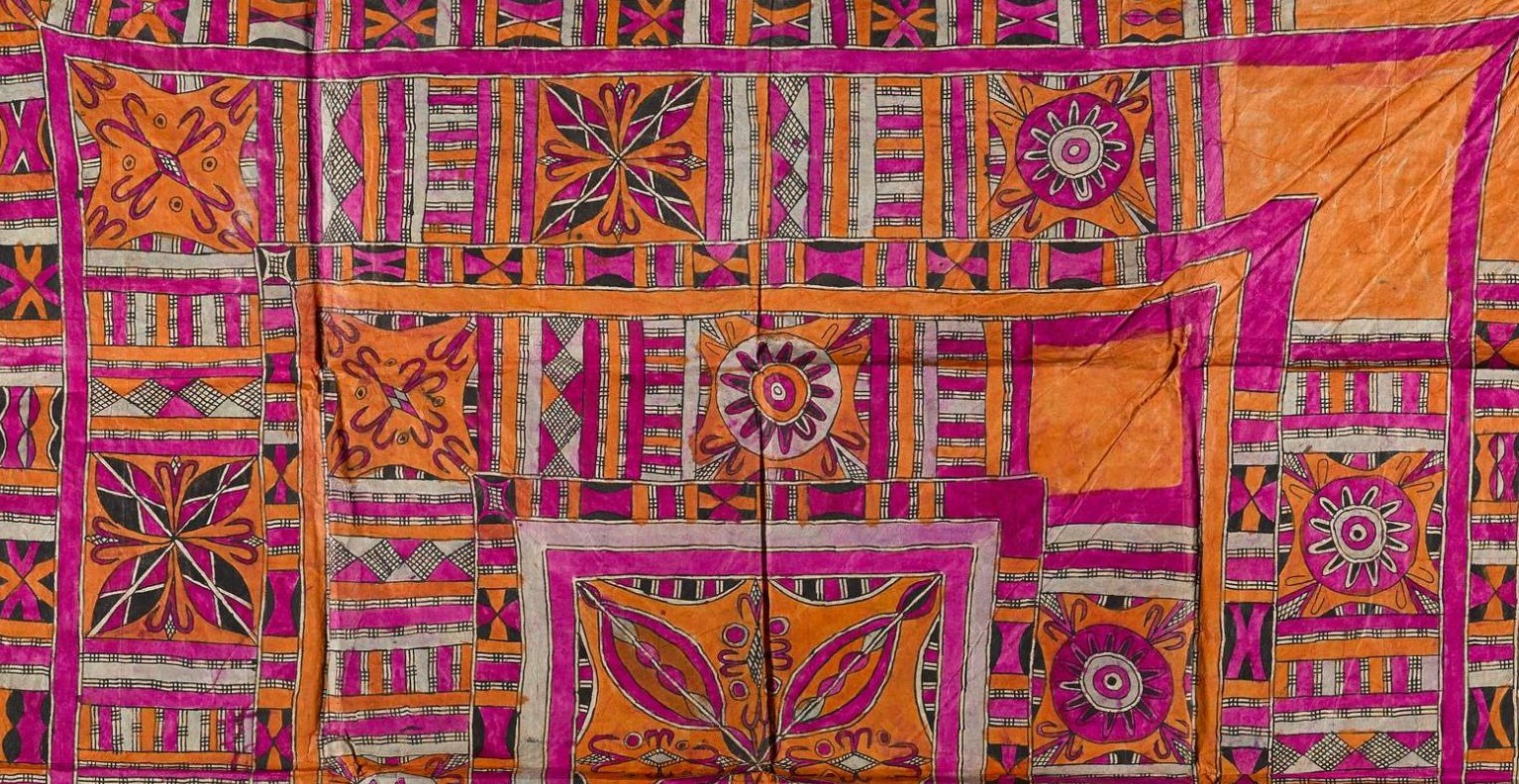
Pink-dyed barkcloth from Central Sulawesi captivates with its vibrant colour. Learn about the cultural role, production, and modern adaptations of barkcloth in this part of the Indonesian archipelago.
View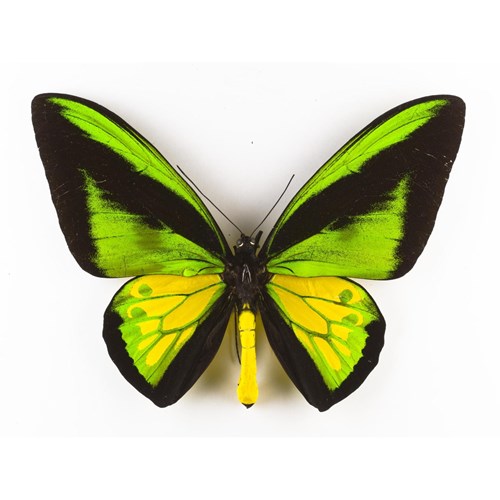
The Natural Sciences department houses more than 2,000 shells, insects, bird skins and bats from the collections of the legendary naturalist John George Williams.
View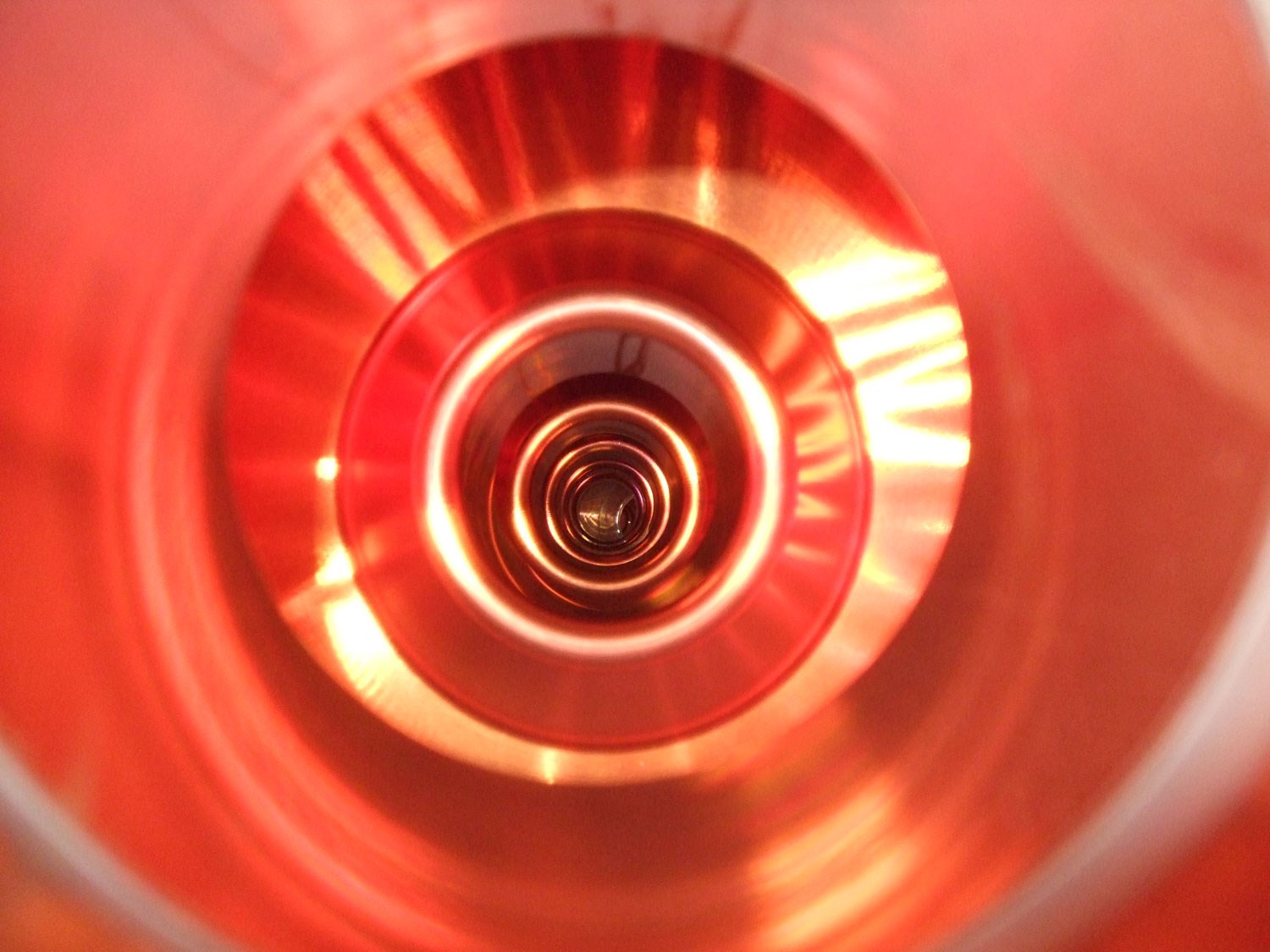
This copper radio frequency accelerating cavity played a part in scientific history when it was used in the Large Electron Positron (LEP) collider at CERN from 1989 to 1995.
View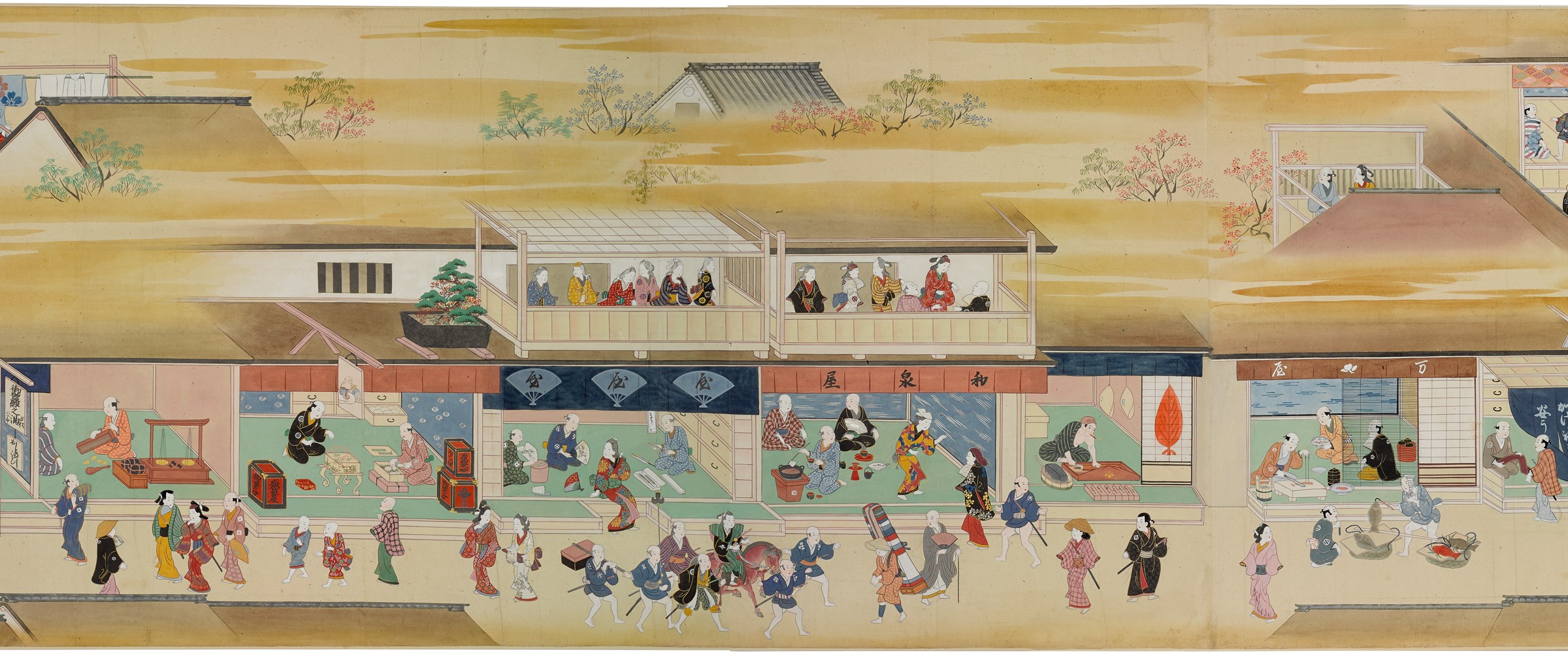
This 13-metre-long handscroll shows the bustling life in the theatre district of Edo (today's Tokyo) around 1700. It shows people enjoying a range of entertainment, from puppet shows and Kabuki theatre to comic skits and private parties.
View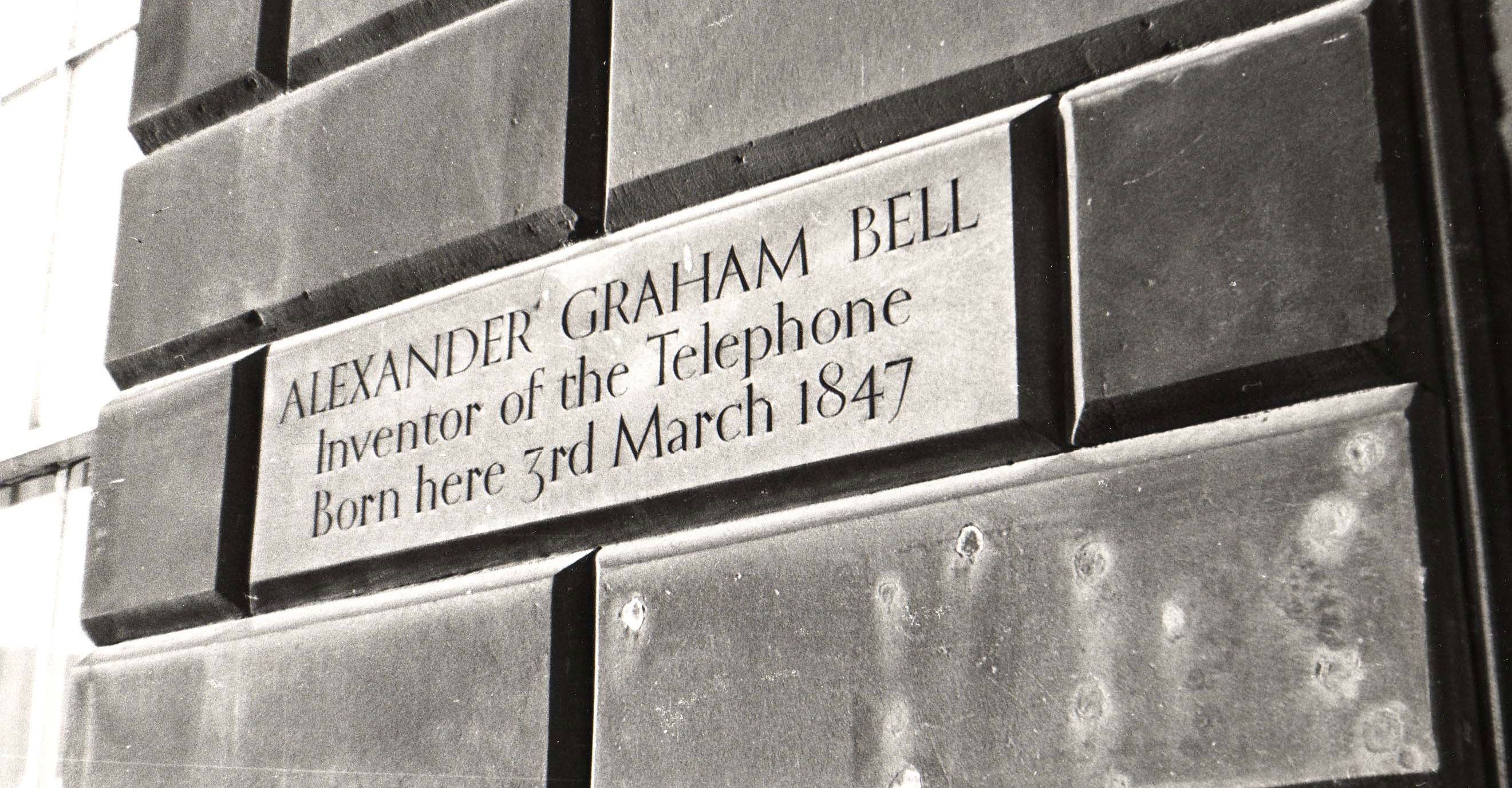
This strange-looking device was the first model of telephone to go on sale. But can its creator, Alexander Graham Bell, truly lay claim to the title ‘inventor of the telephone’?
View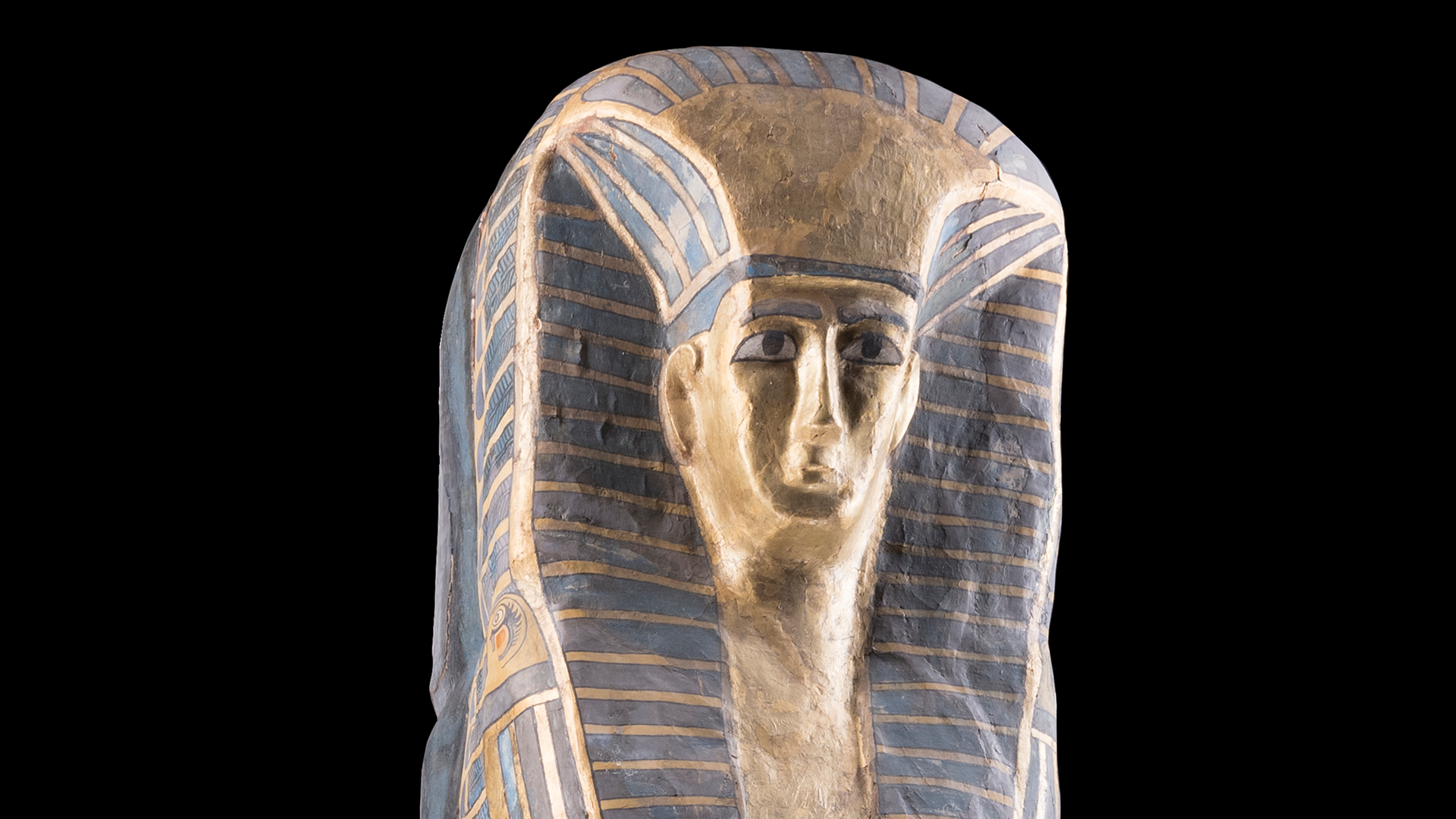
In 1908, an intact burial of a woman and a child was discovered by a team of Egyptian excavators and British archaeologist W.M. Flinders Petrie in Qurna, Thebes, Egypt.
View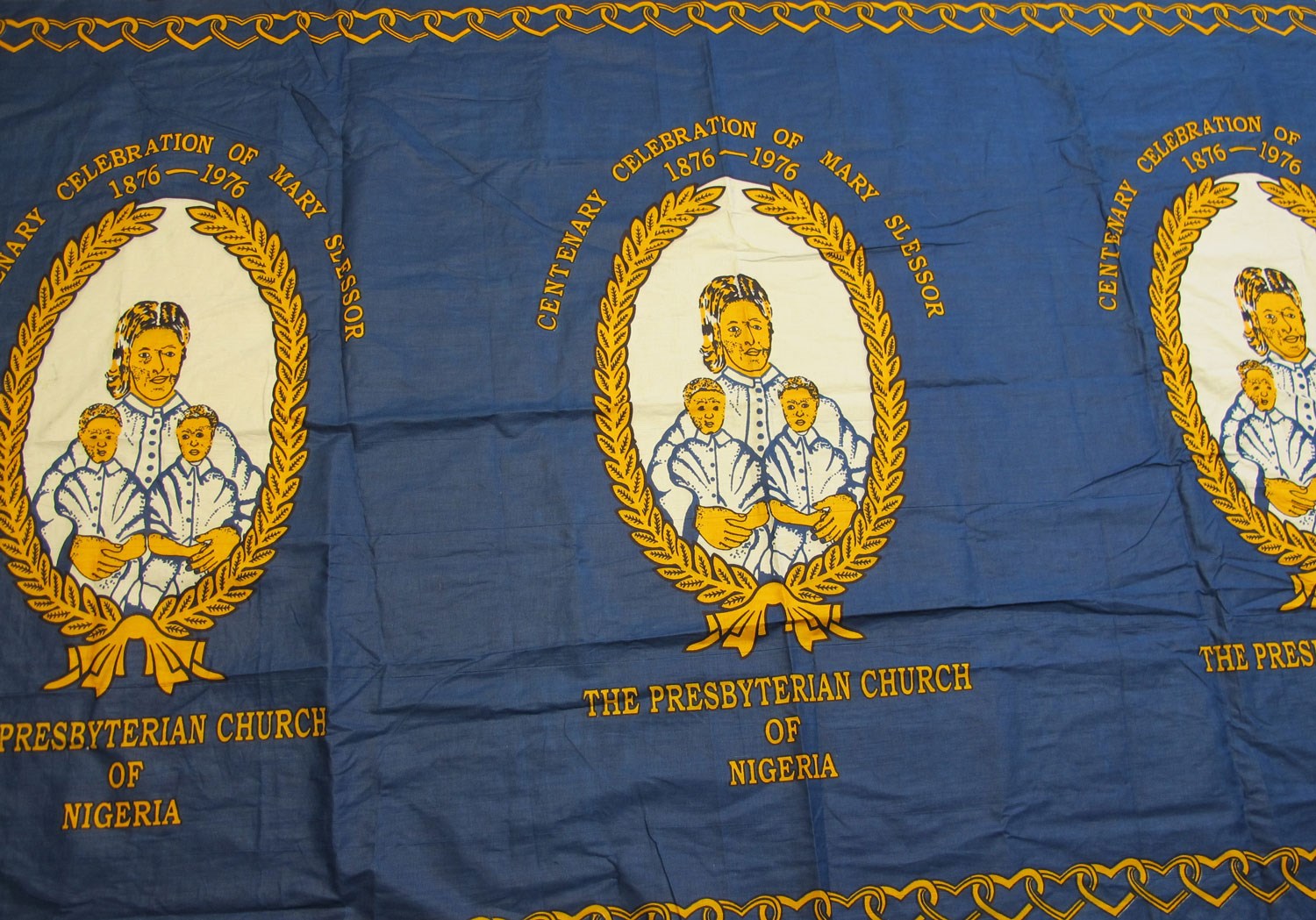
Why should a 19th century Scottish woman feature on a contemporary African cloth? Discover the story of Mary Slessor: missionary, magistrate and champion of women's rights.
View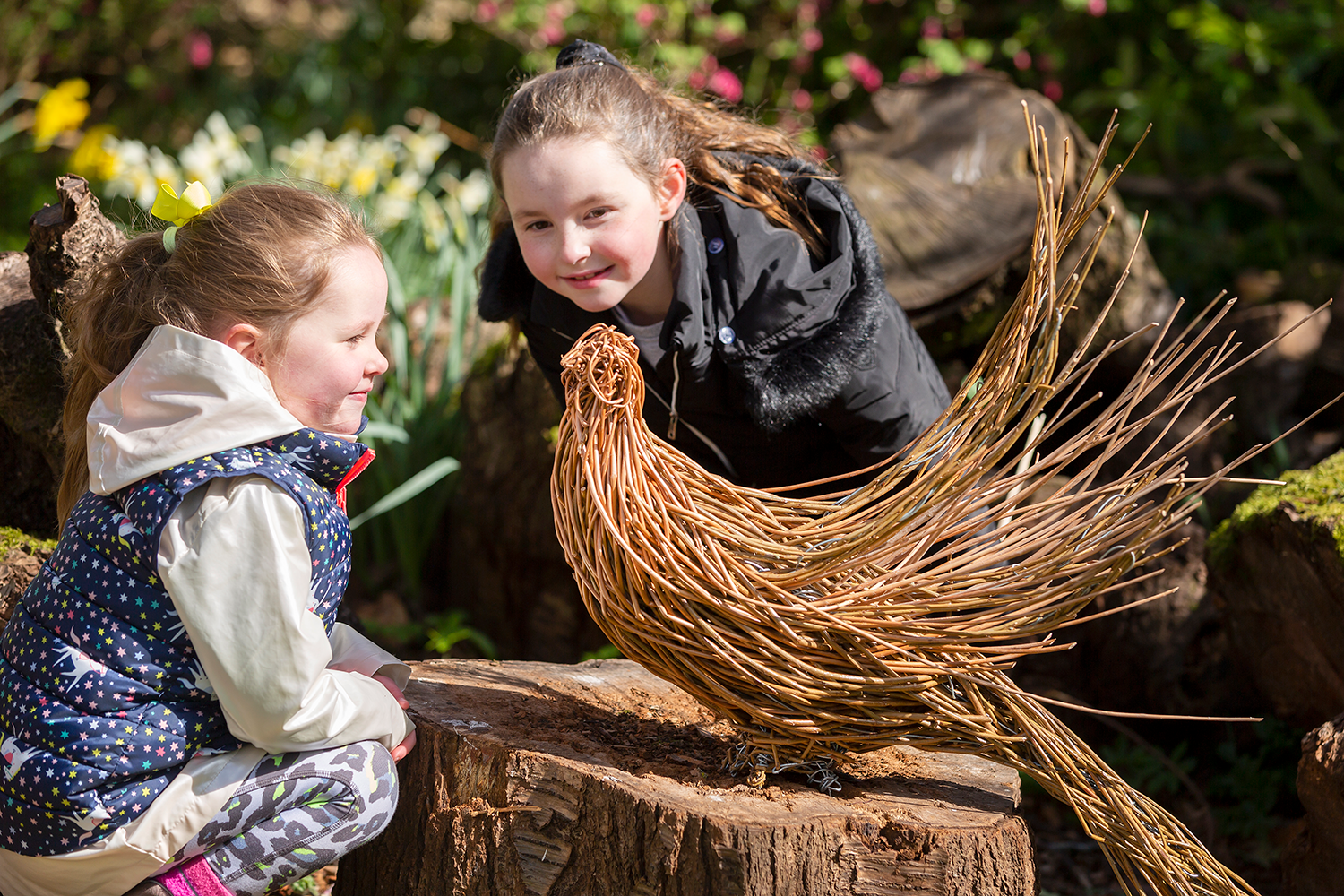
Sow the seeds of curiosity with a family visit to our museum and historic working farm.
View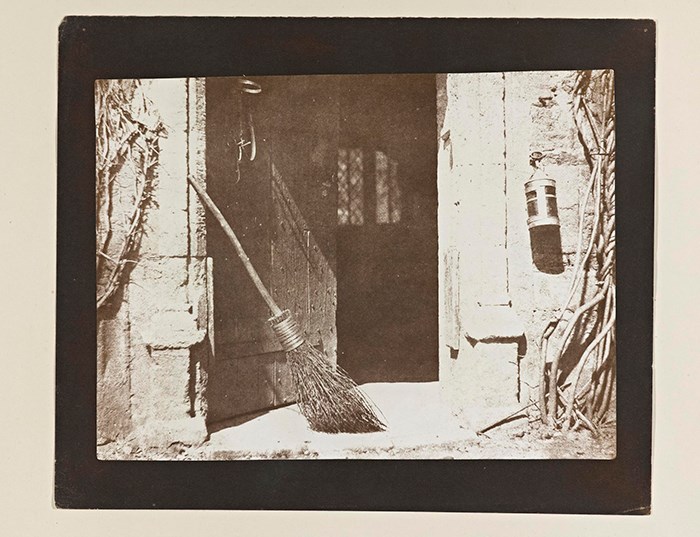
In these short films, experts from the world of photography introduce the heroes of Victorian photography.
View
Diba Mehrabi trained as an artist before studying contemporary textile practice. In her work, she brings both interests together.
View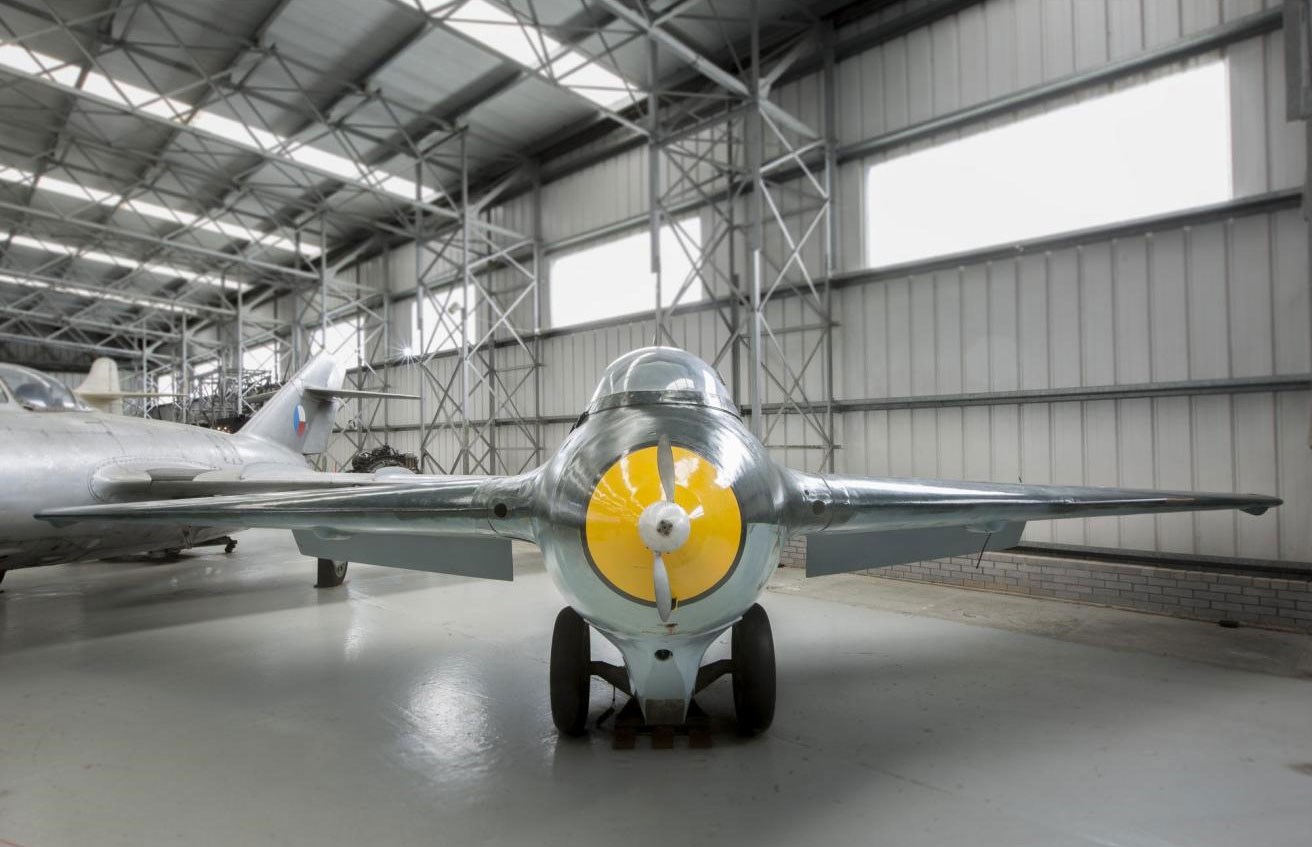
The Messerschmitt Komet was the fastest aircraft of the Second World War, and the only rocket-powered fighter plane ever to be used in combat.
View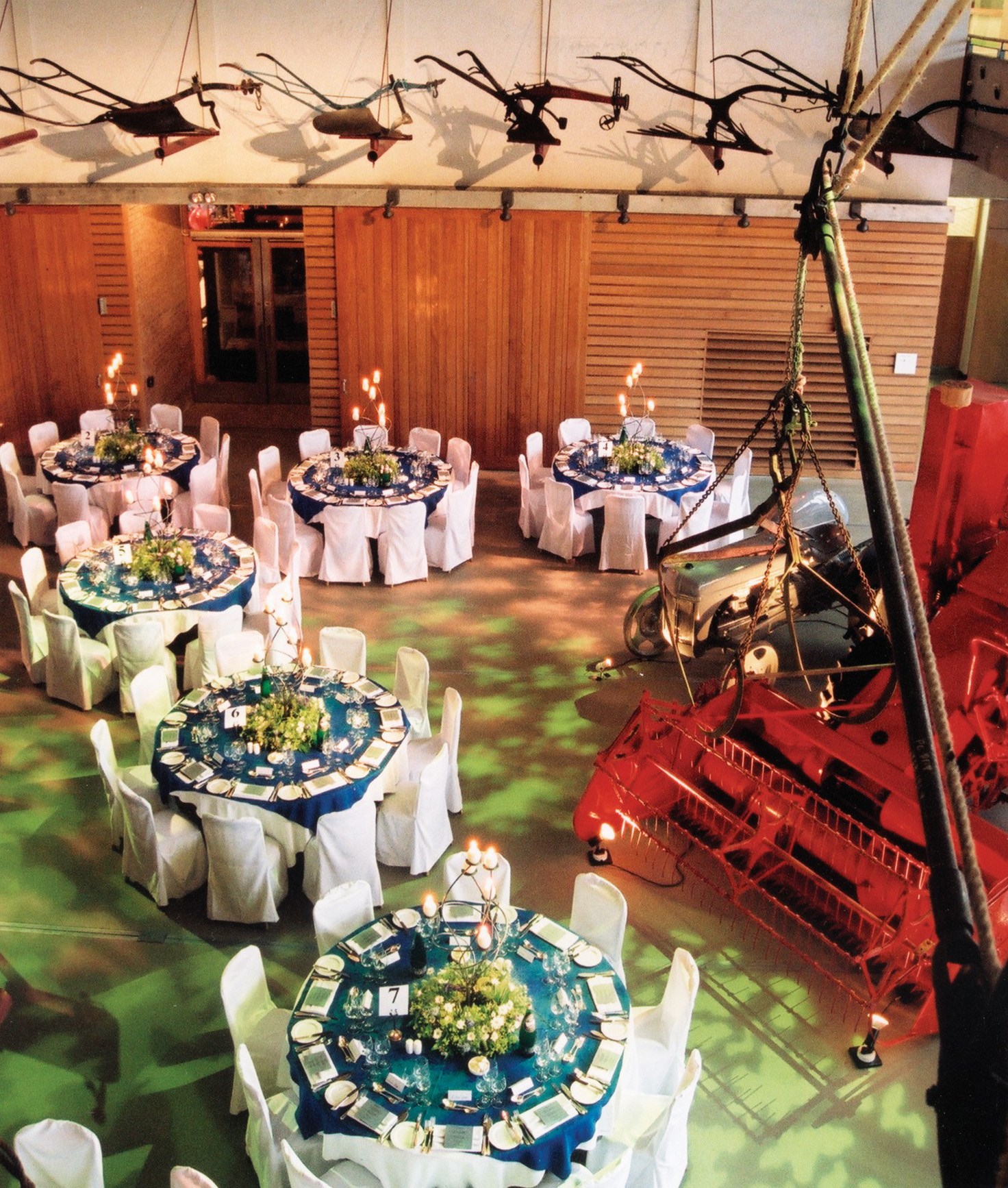
With a diverse range of events spaces and idyllic grounds, the museum is an ideal location for corporate or private events.
View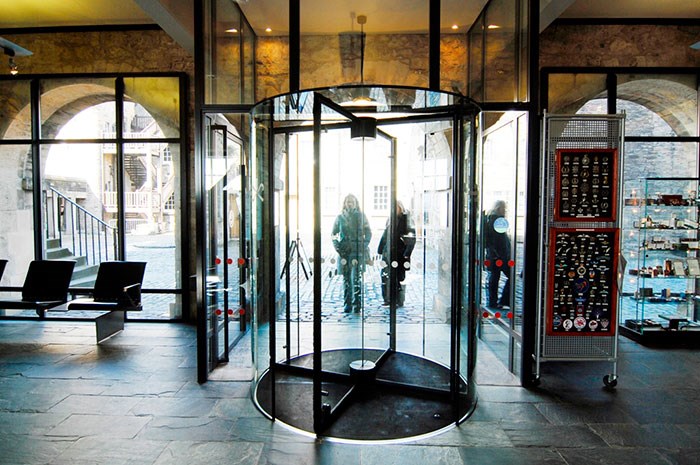
The National War Museum is located within Edinburgh Castle. Find out how to get the most from your visit here.
View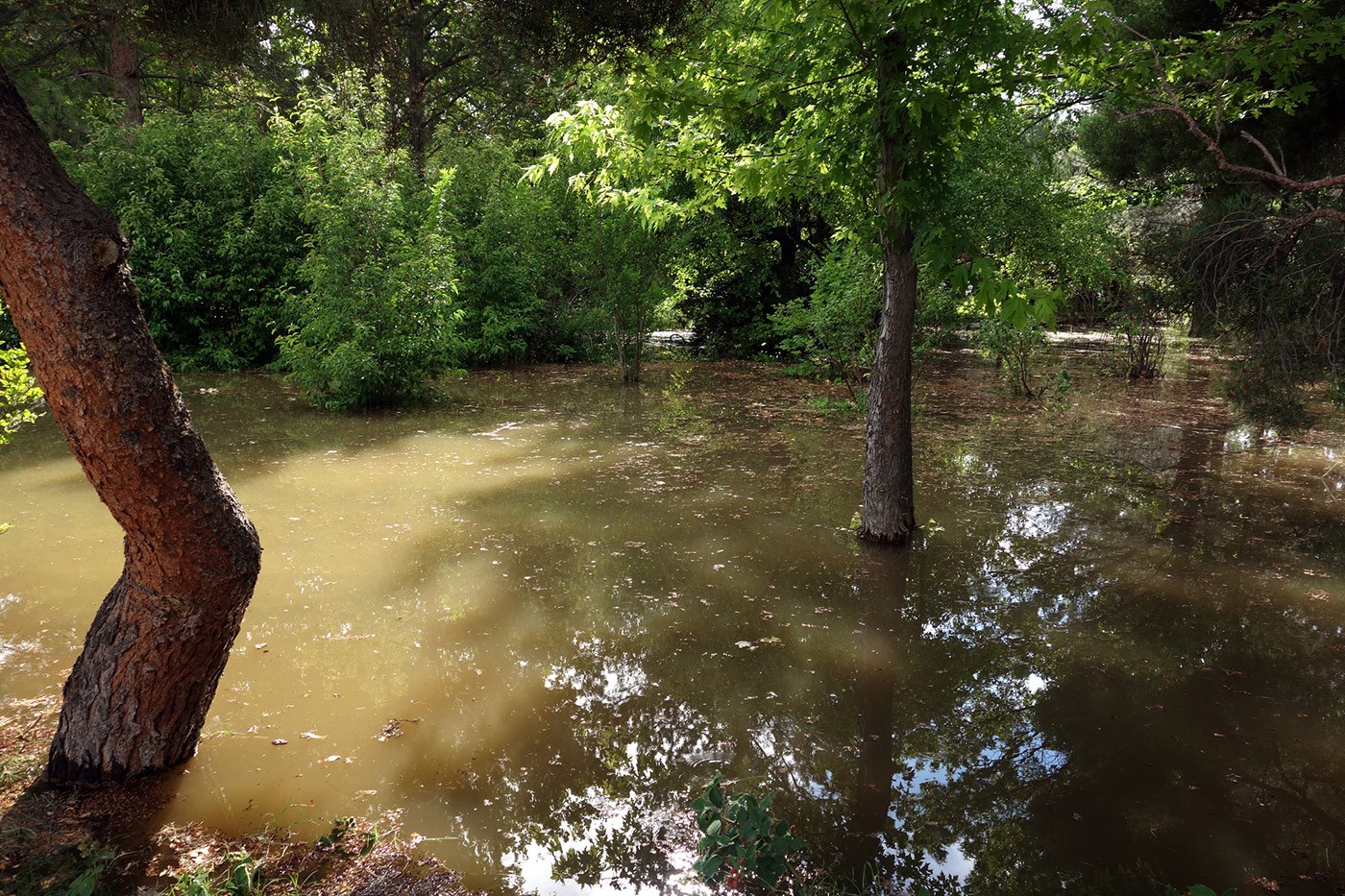
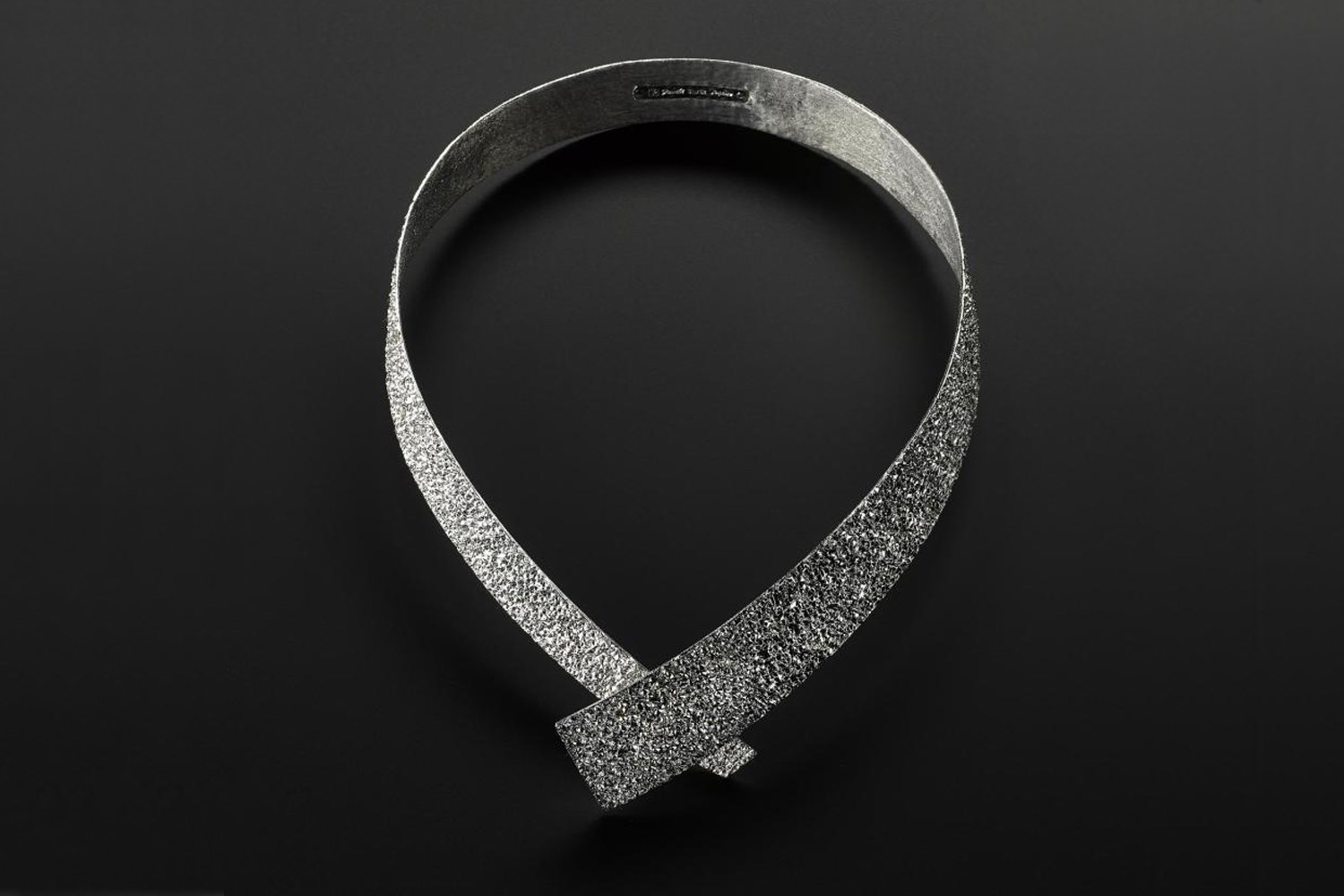
This acquisition by contemporary Japanese artist, Taguchi Fumiki, has been laboriously carved to sparkle like diamonds.
View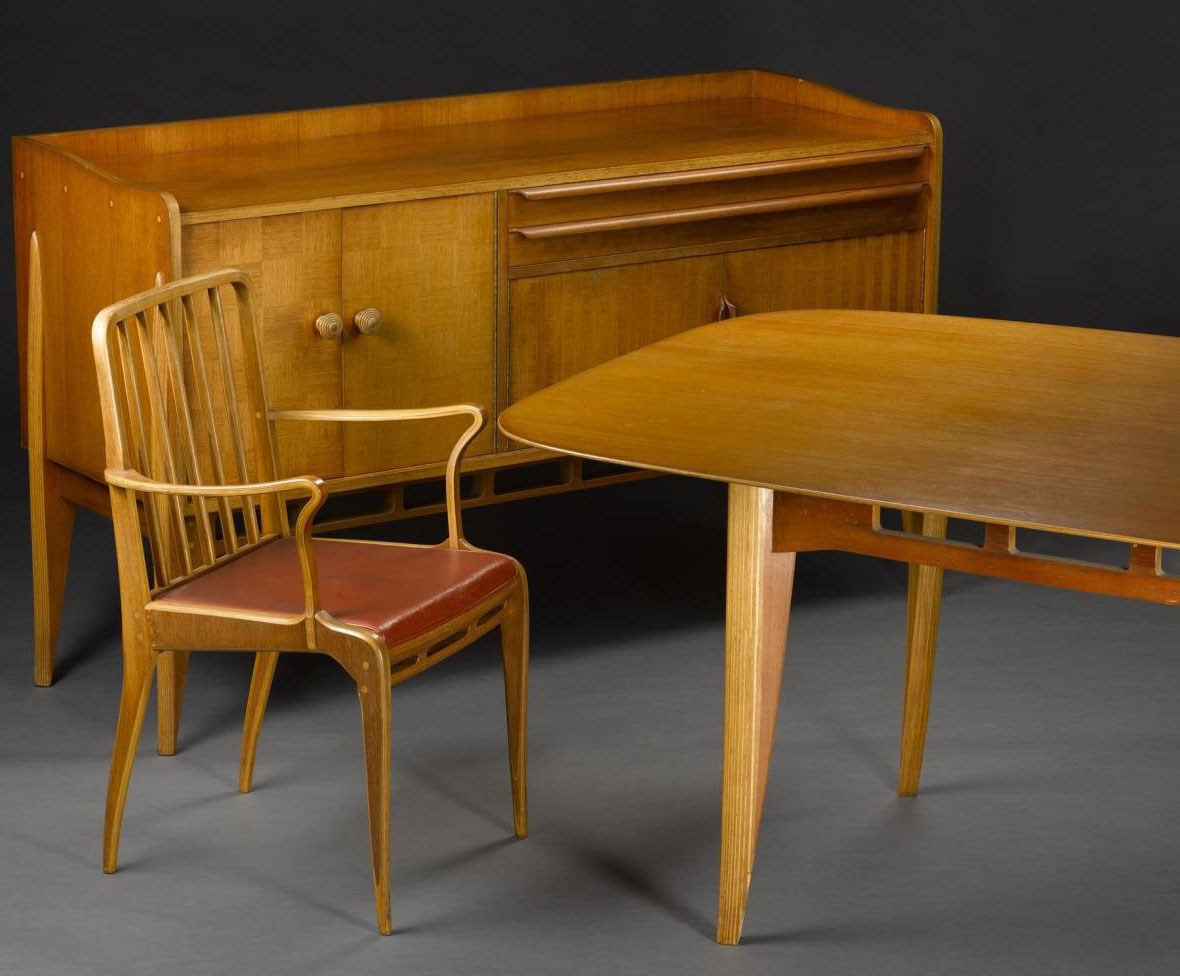
The design of this elegant modernist dining suite was once admired by the Queen Mother. Now extremely rare, it makes a significant new addition to the national collection.
View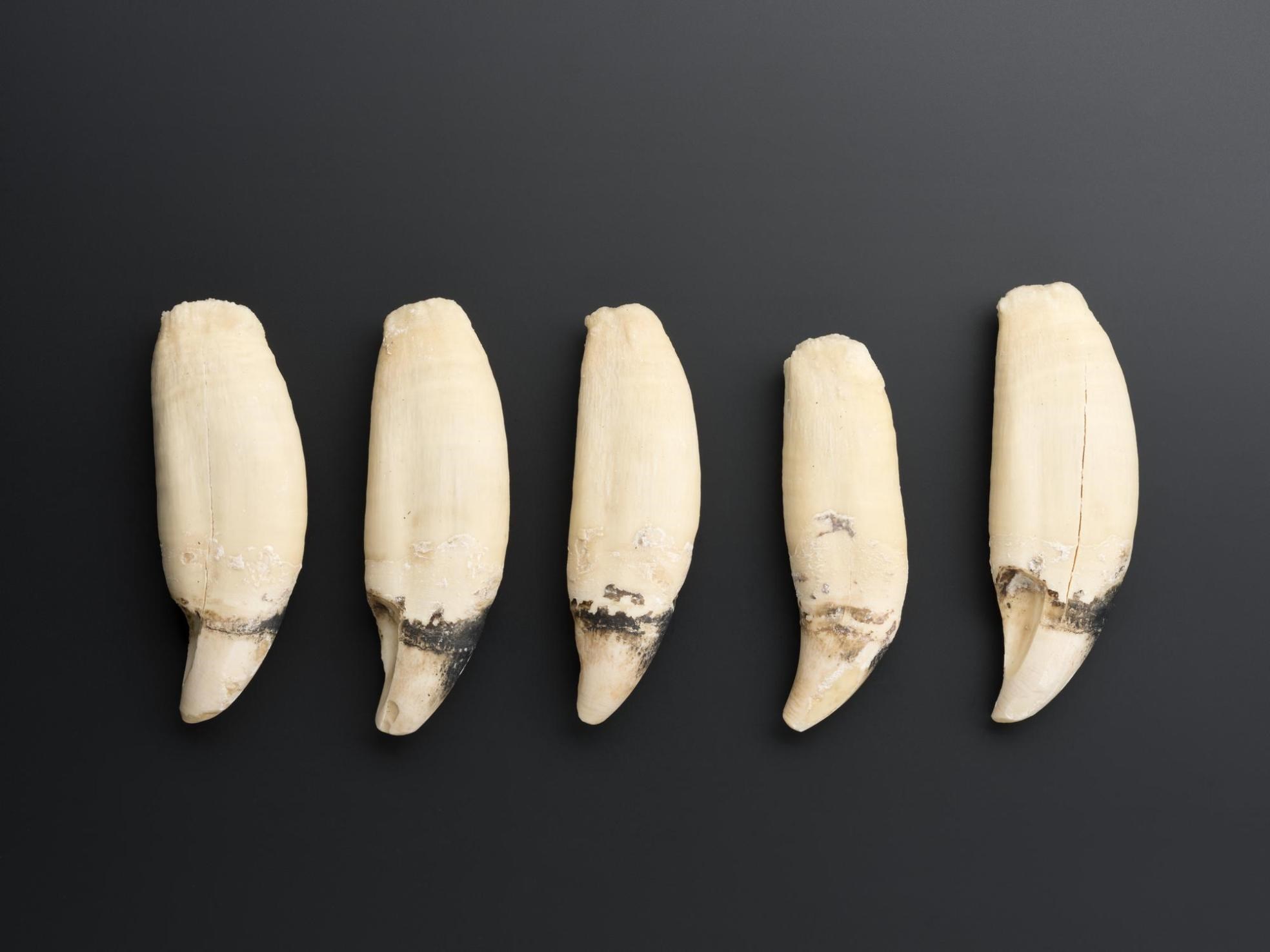
Lulu came from the only killer whale pod in the UK and was found dead on Tiree in 2016. She had the highest levels of polychlorinated biphenyls ever recorded from a marine mammal.
View
On 15 February 2013, a large meteor stretching almost about 19 metres in diameter and weighing 12,000 tonnes was speeding towards earth at 65,000 kilometres per hour.
View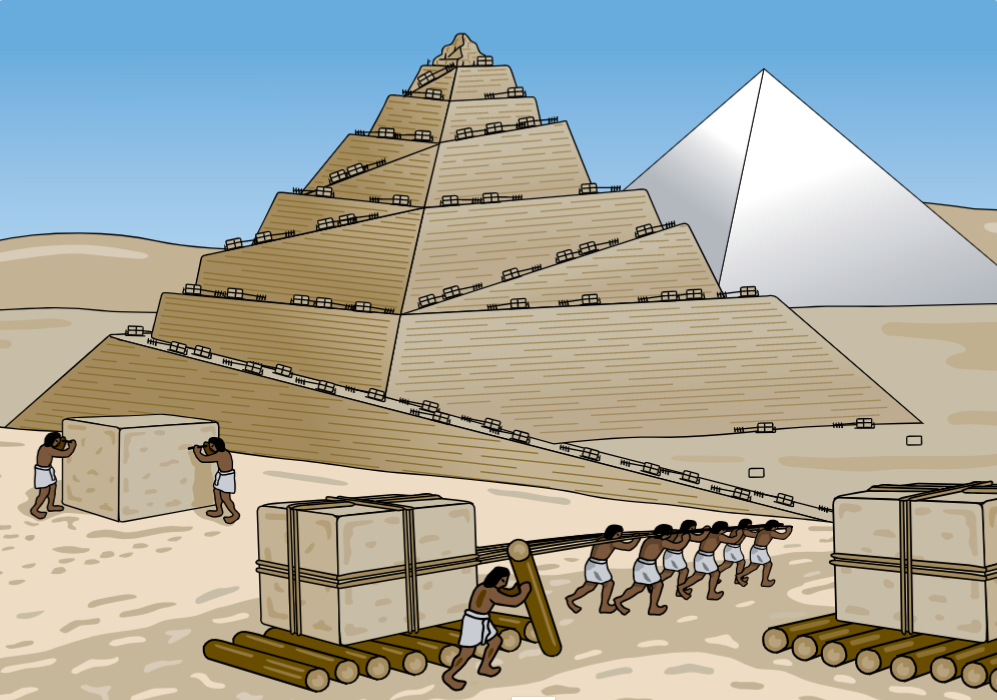
This page contains a range of ancient Egyptian themed maths activities for P3-4 These resources were created with support from Maths Week Scotland.
View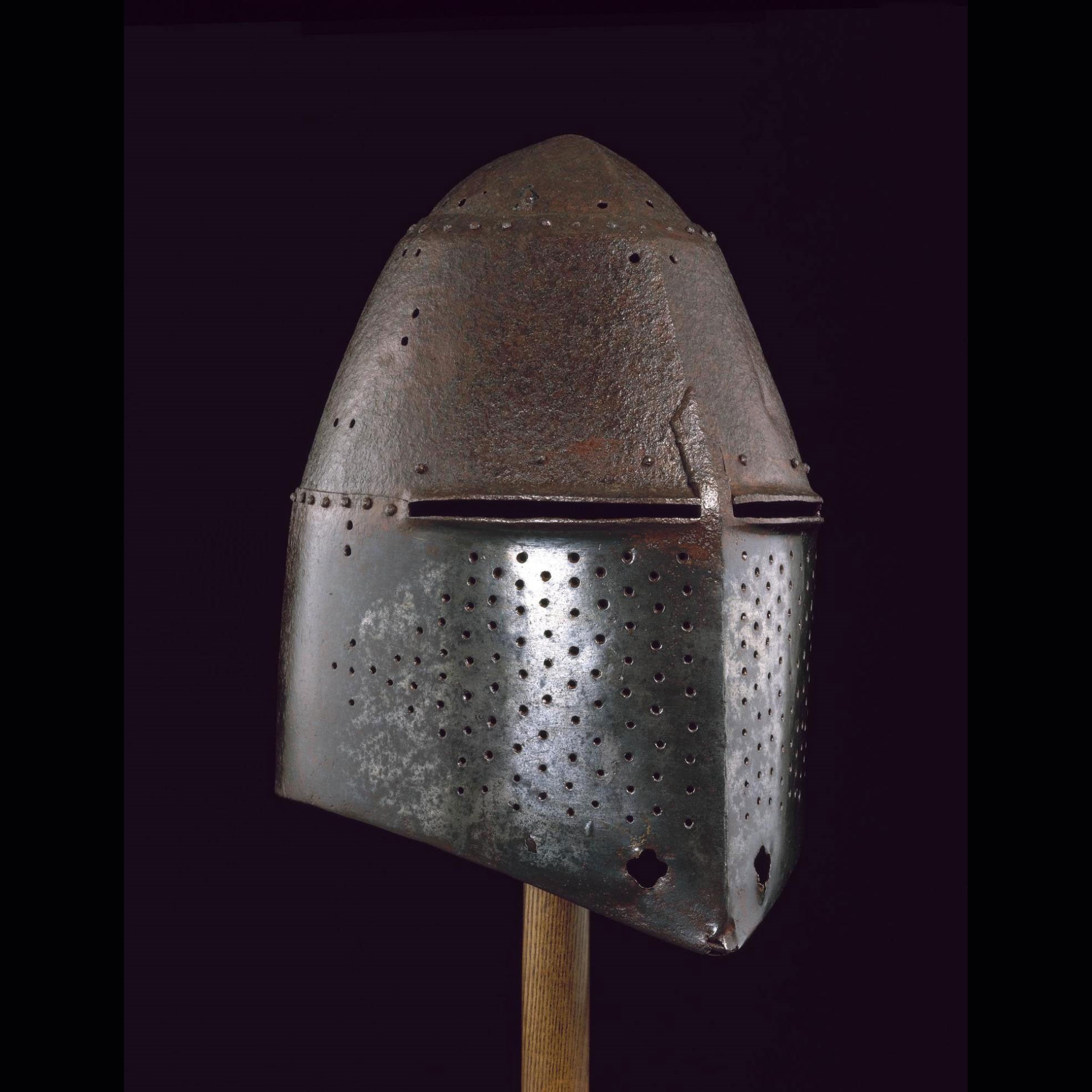
This 14th-century great helm belonged to one of King Edward III's knights, Sir Richard Pembridge, who fought in the Hundred Years' War between England and France.
View
People throughout history have looked up to the sky for answers: to measure time, mark seasons, and navigate vast oceans. The sky at night inspires with beautiful images, and promises answers to big questions.
View
Explore how these remarkable machines have influenced both society and technology, and why they are still popular today.
View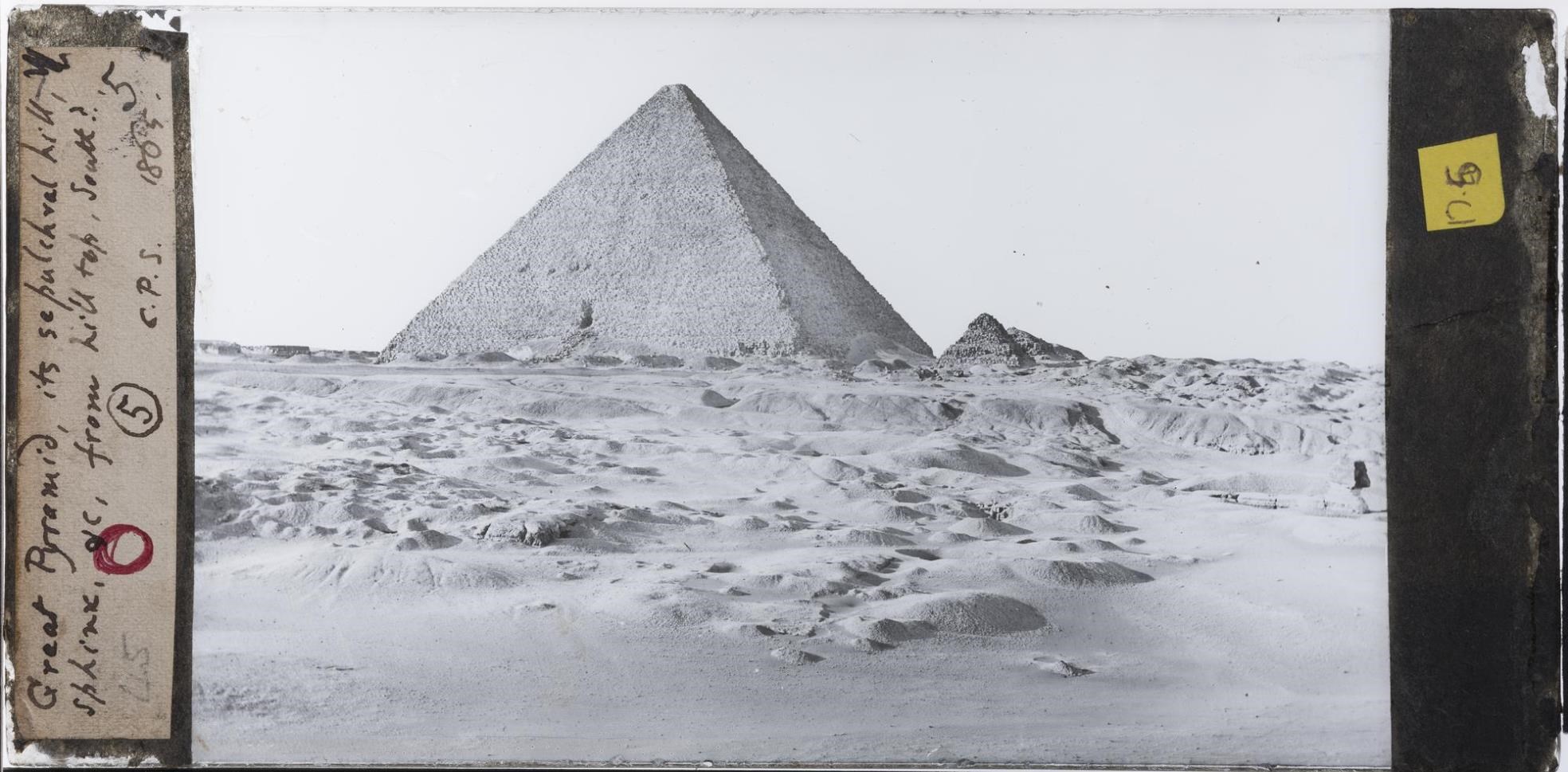
This block is one of the few surviving casing stones from the Great Pyramid of Giza, built for King Khufu. It is the only pyramid casing stone on display outside Egypt.
View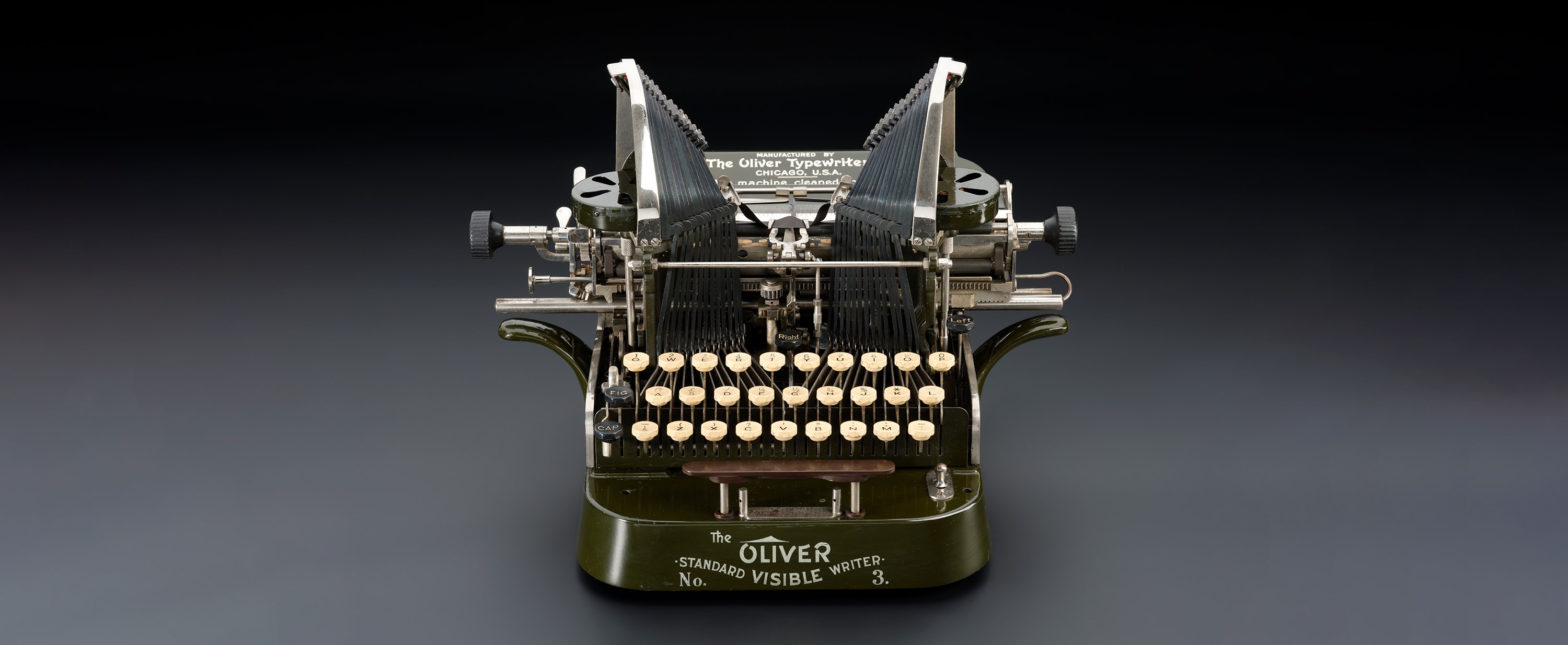
The typewriter not only revolutionised offices, but also transformed the world of work - especially for women. Explore how these remarkable machines have helped to influence both society and technology, and why they are still popular today.
View